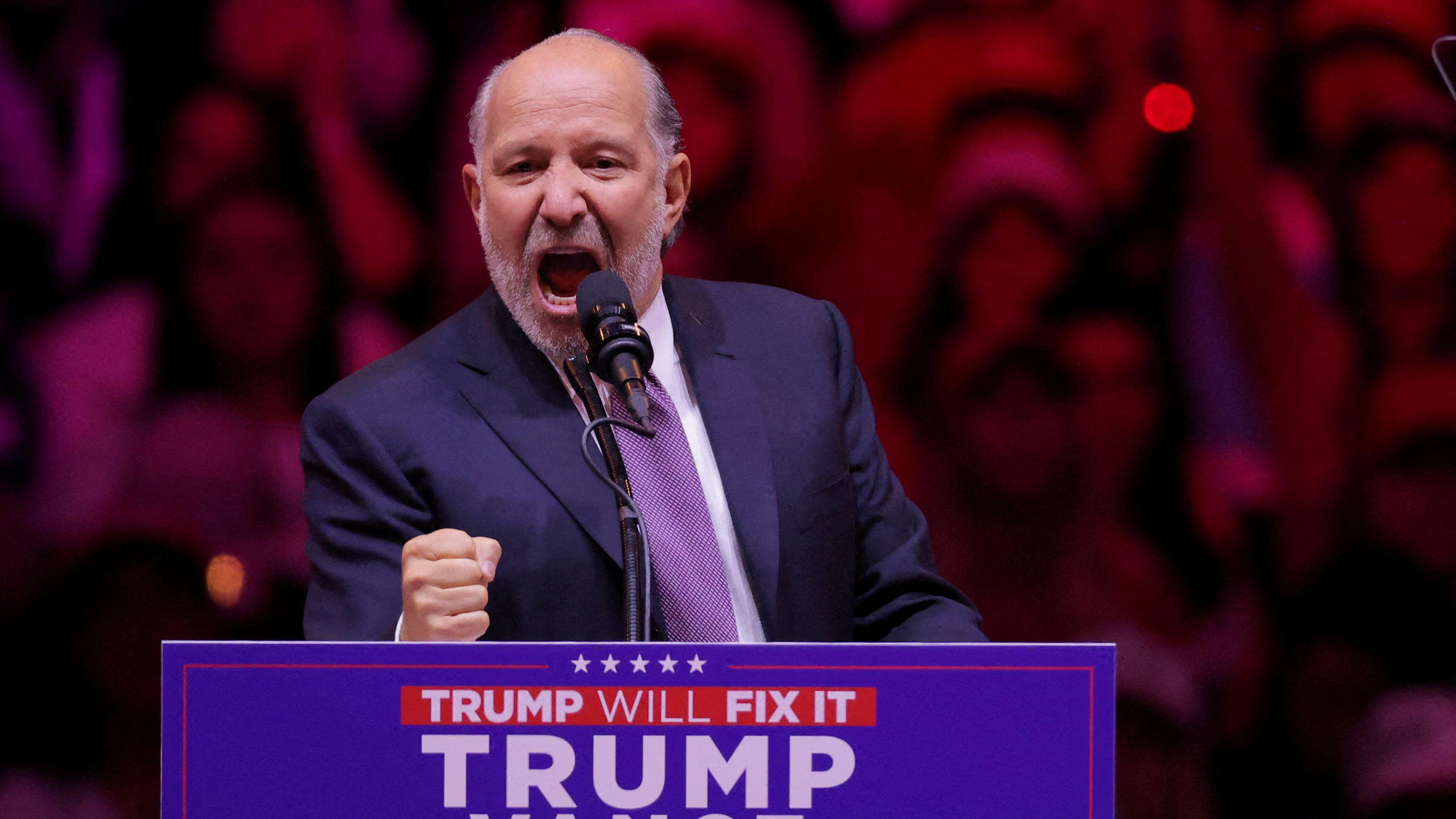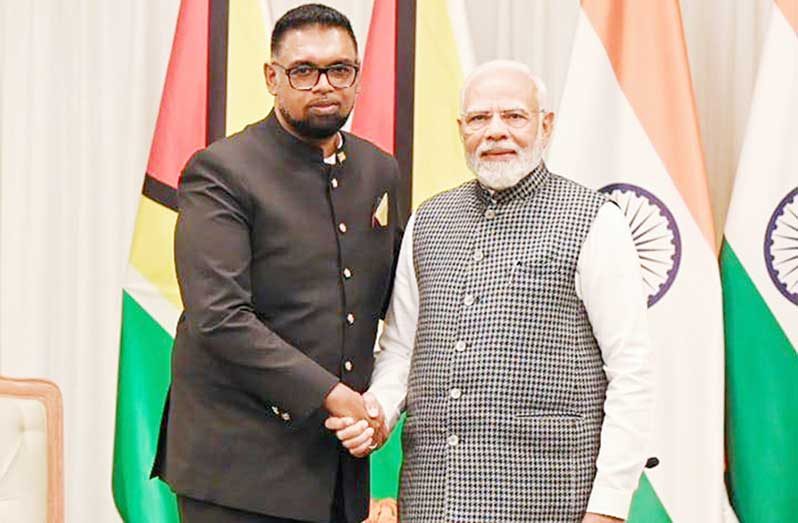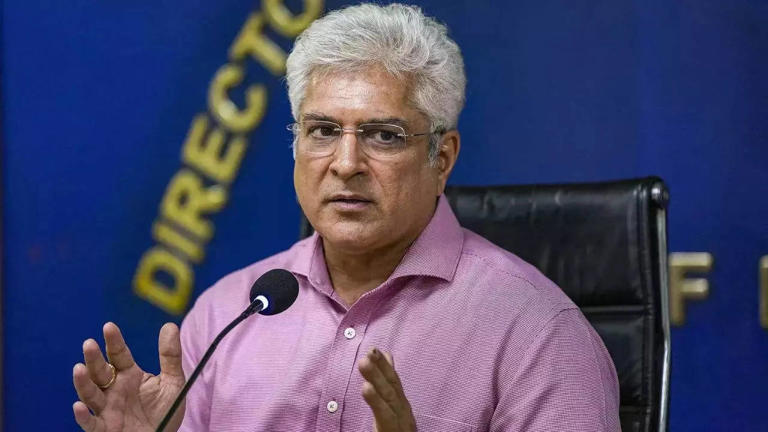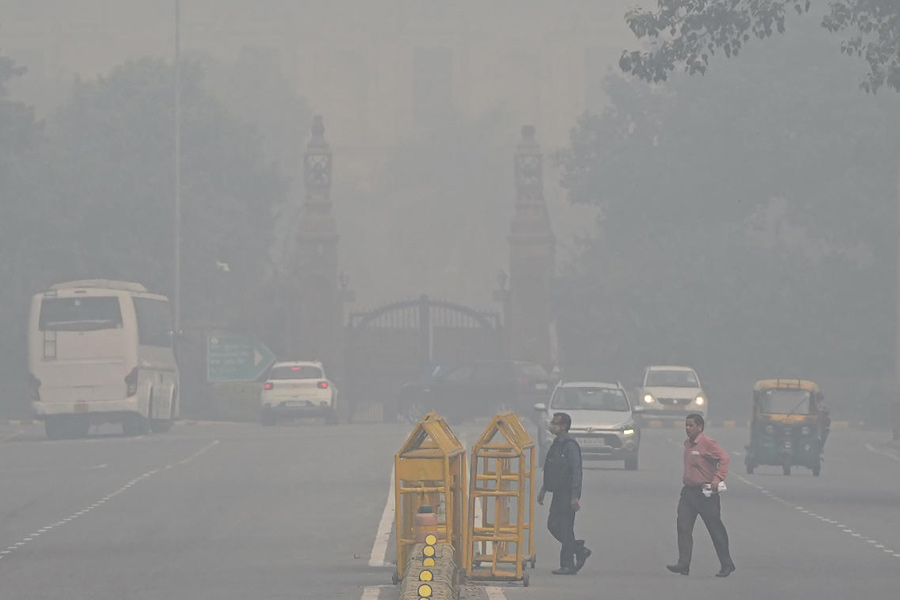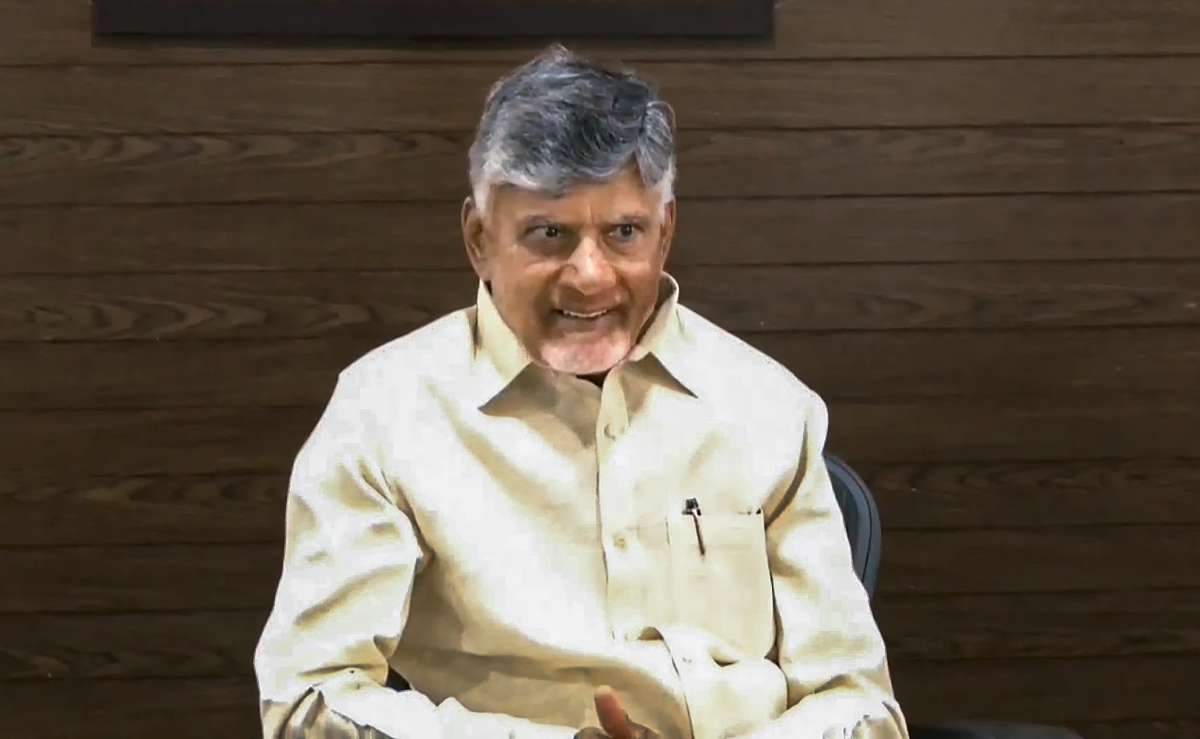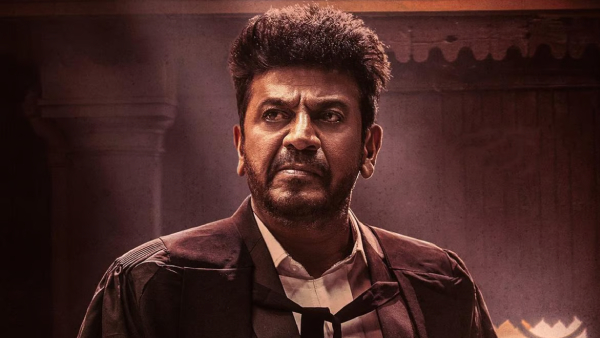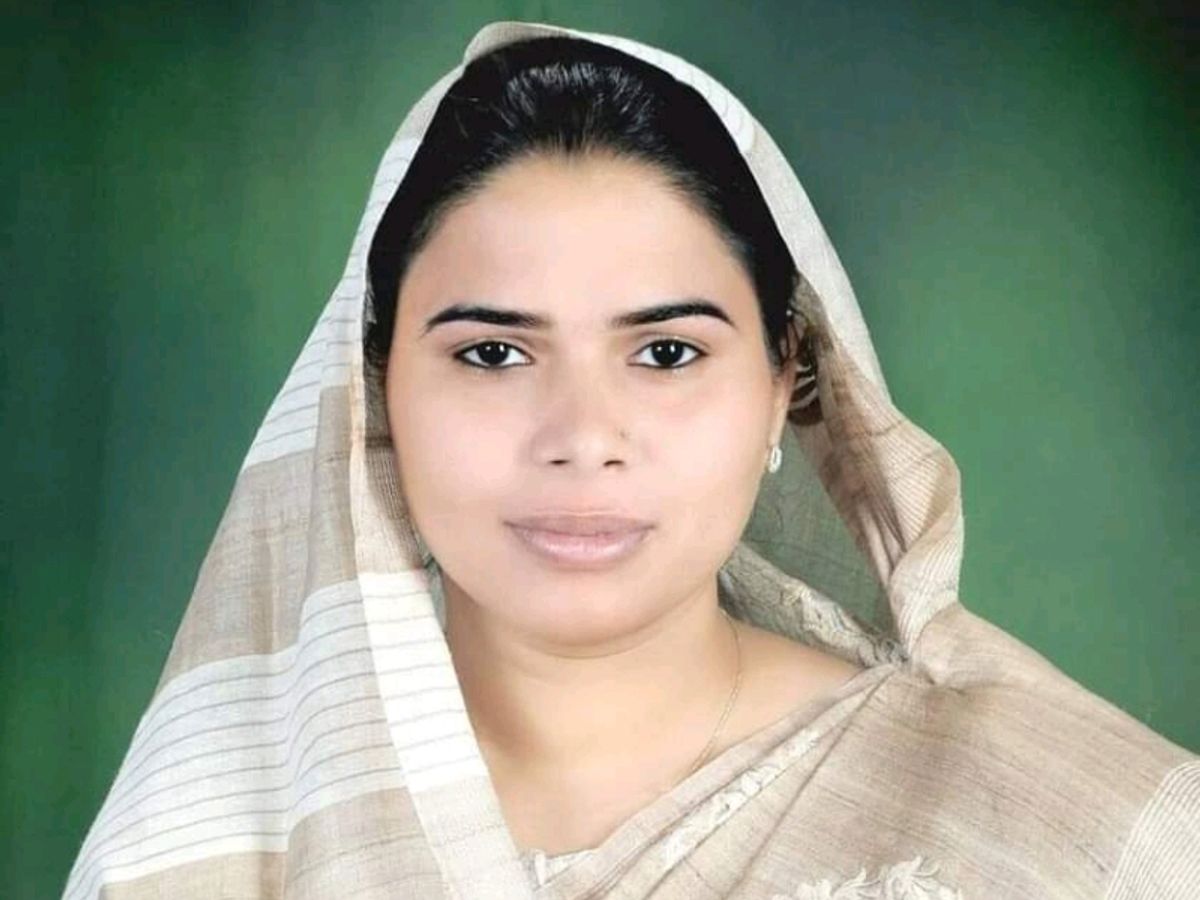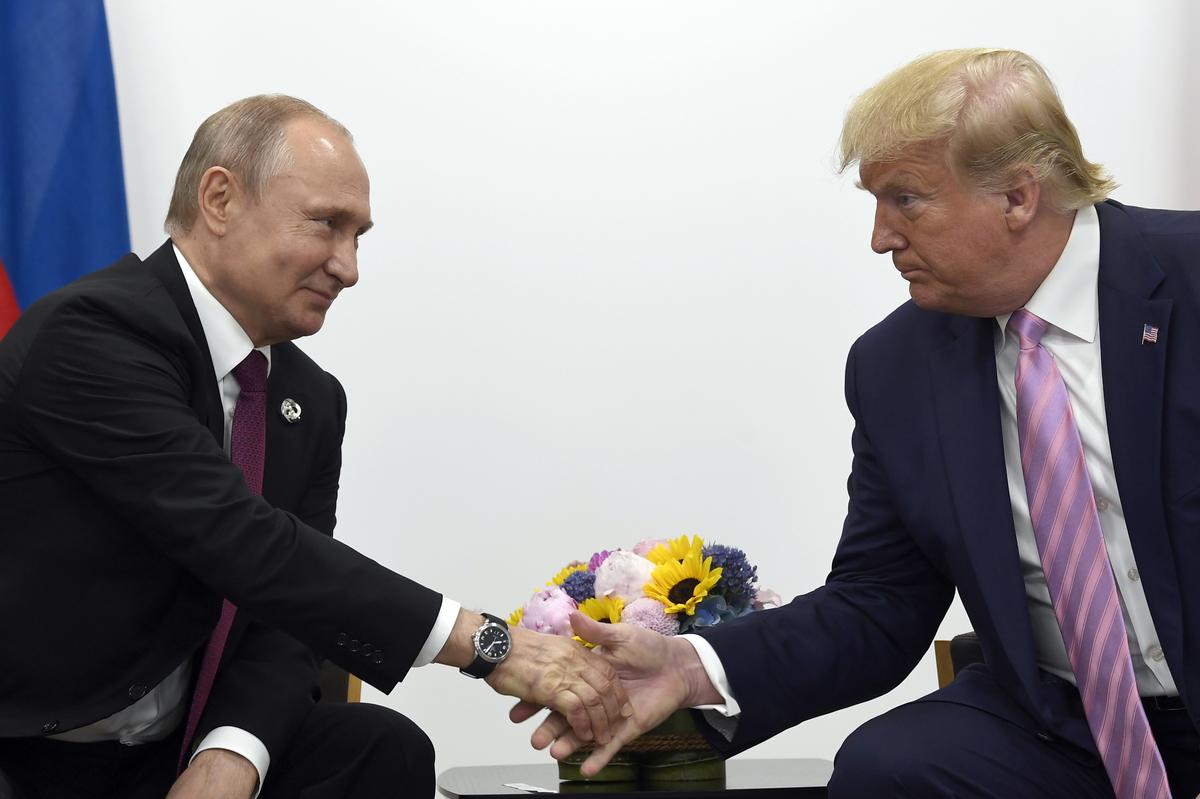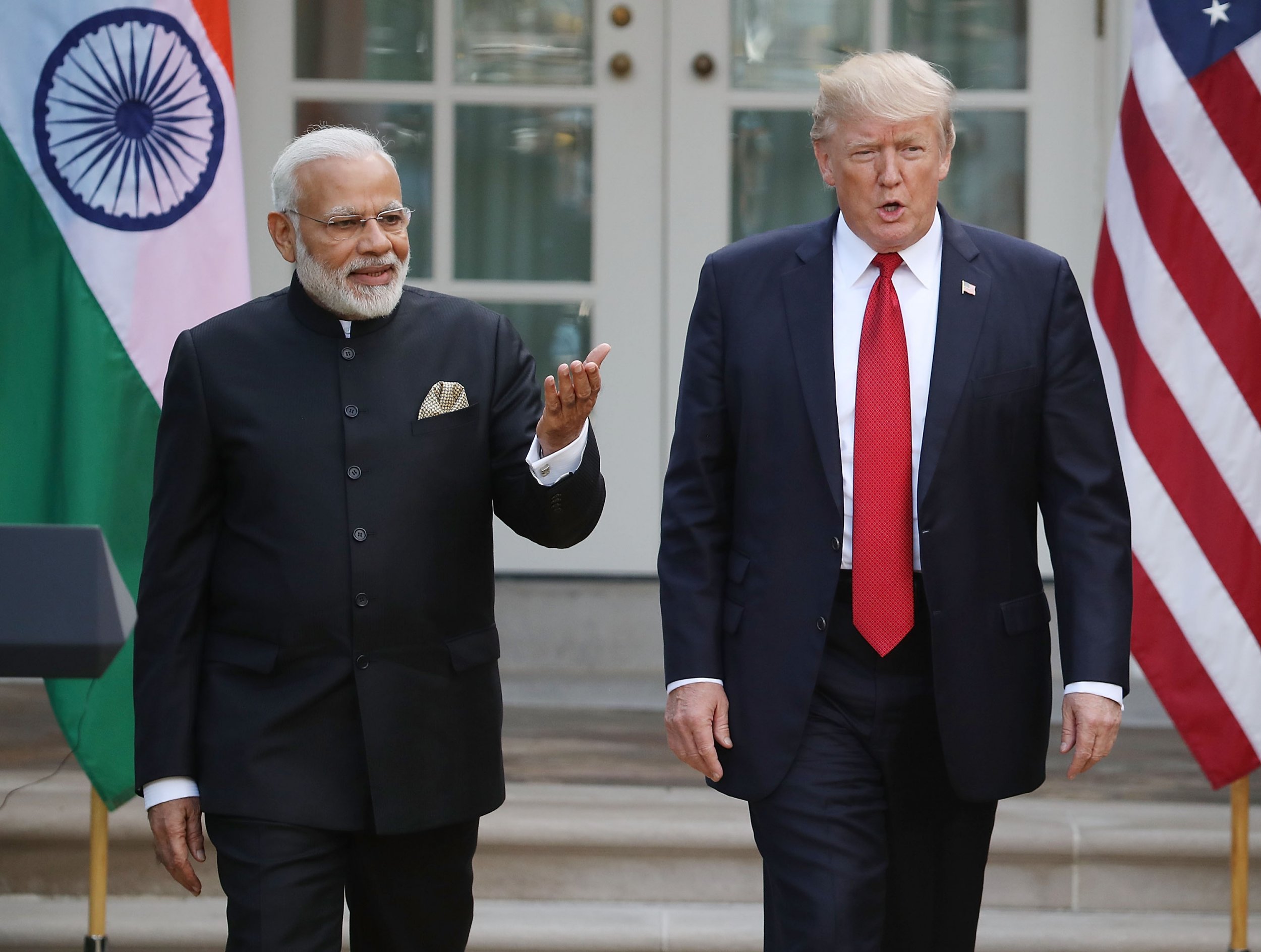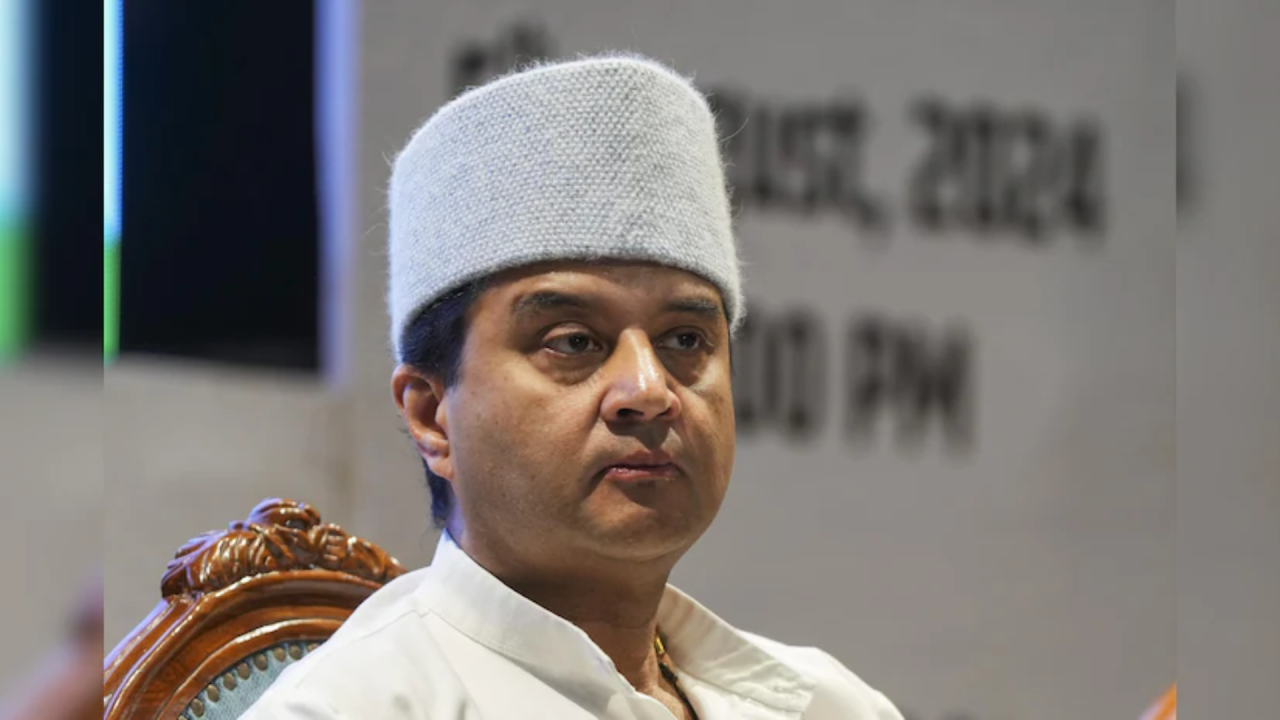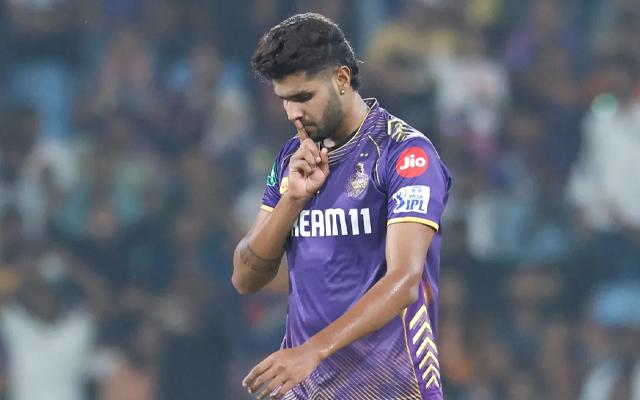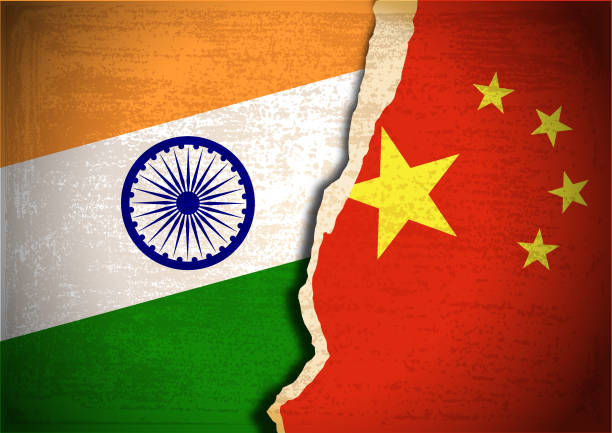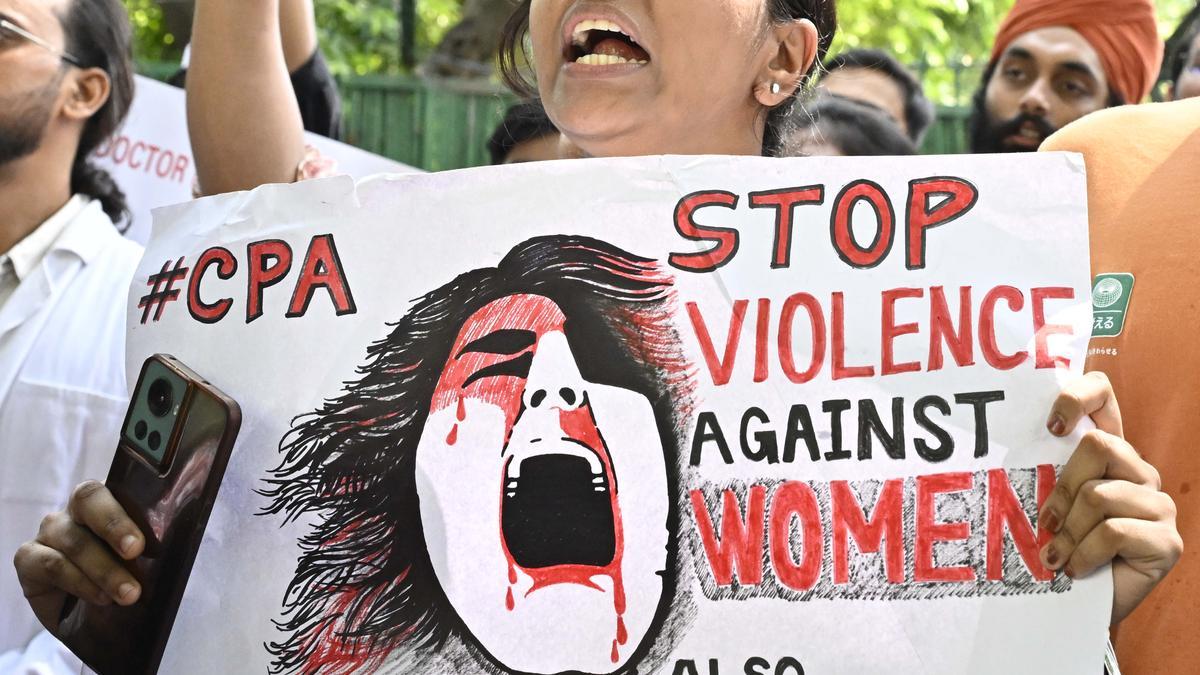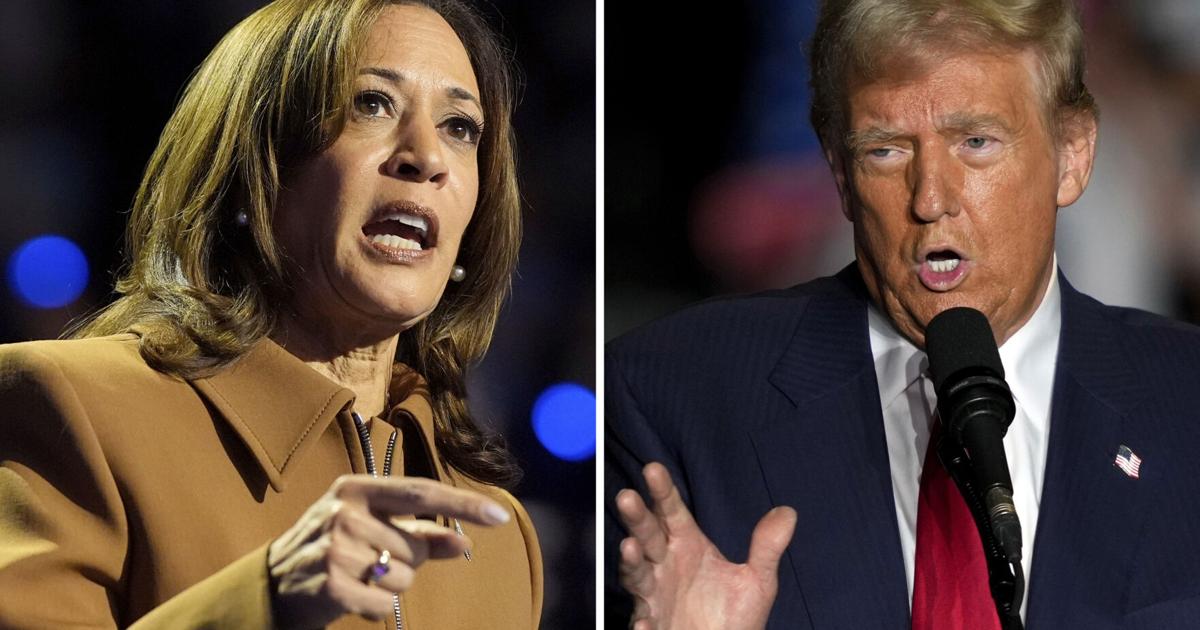Home / health-care / Healthcare Financing in India: A New Dawn for Univ
Healthcare Financing in India: A New Dawn for Univ
By: My India Times
5 minutes read 103Updated At: 2024-11-13

India’s healthcare sector stands on the precipice of transformation. As the country grapples with the twin challenges of expanding access to healthcare and improving its quality, one of the most critical enablers for this shift is healthcare financing. The intersection of finance, healthcare, and insurance has long been siloed, hindering efficiency and equity. However, recent innovations, technological advancements, and evolving public-private partnerships (PPPs) have started to break down these barriers, pointing towards a future where healthcare is accessible to all Indians, regardless of their socioeconomic status.
A Complex Ecosystem: The Need for Integration
India's healthcare financing ecosystem is a tangled web of diverse funding sources, from government schemes like Ayushman Bharat to private health insurance and out-of-pocket expenses. While the public sector is taking steps to reduce healthcare disparities, private insurance still plays a dominant role. However, these systems often operate in isolation, creating inefficiencies that limit access to care, especially in rural and underserved regions.
Suresh Singhal, a leading healthcare expert, highlights the importance of breaking these silos. "PPP models, when designed well, can offer an integrated approach to healthcare delivery and financing. By aligning incentives and sharing risks, these partnerships hold the potential to foster sustainable growth in healthcare and make quality healthcare more accessible," he says.
The integration of healthcare, insurance, and finance is crucial for ensuring that every citizen, irrespective of location or income, has access to high-quality healthcare. This requires a shift towards data-sharing and collaboration across sectors, facilitated by new technologies and policy reforms.
The Promise of the India Stack: A Game-Changer for Healthcare Access
While there are challenges, there is also significant optimism about the future. As finance, healthcare, and insurance sectors begin to converge, new platforms like the India Stack are emerging as a powerful tool to democratize access to healthcare. This digital infrastructure, which includes services like the Aadhaar identity system and the Unified Payments Interface (UPI), is laying the groundwork for more efficient, transparent, and accessible healthcare services.
“The India Stack for healthcare and insurance could be a game-changer,†says George, a financial services consultant. “By connecting healthcare data, insurance schemes, and payment systems, we could create a seamless experience for citizens, making healthcare services universally accessible and affordable. However, we’re still far from fully realizing this vision.â€
George’s insights underline the complexity of such an ambitious project. Integrating diverse systems and ensuring privacy and security are some of the biggest hurdles. However, the foundation laid by the India Stack has created a solid framework for future advancements.
Private Sector’s Role: Rising Growth and Shifting Dynamics
While public systems have made significant strides, the private sector is playing an increasingly important role in shaping India’s healthcare financing landscape. The health insurance market in India is experiencing unprecedented growth. According to industry reports, the gross written premium for health insurance crossed Rs 1 lakh crore in the last fiscal year, marking a 20% increase. Of this, 37% comes from standalone health insurance providers.
Dr. Arvind Chugh, a renowned healthcare economist, explains how this growth is altering the dynamics of the insurance sector. “The increasing penetration of health insurance in India is not just a financial opportunity—it is a signal of changing consumer behavior. With healthcare costs rising and an increasing number of Indians opting for private insurance, the industry is witnessing a shift from legacy providers to more innovative players,†he says.
One notable development is the entry of hospital chains like Narayana Health into the insurance market. By obtaining an IRDAI license to offer health insurance, Narayana Health is blurring the lines between healthcare providers and insurers. This vertical integration could enable hospitals to have greater visibility into patient data, leading to more personalized care, better preventive measures, and improved long-term health outcomes.
Innovative Financing Models: Moving Beyond Traditional Insurance
The integration of healthcare services with insurance models opens new doors for innovative financing solutions. “India’s healthcare financing model needs to evolve beyond the current paradigm,†says Dr. Ayesha Mehta, a leading healthcare strategist. “We need a model that moves away from episodic care and towards holistic, preventive healthcare. By incentivizing long-term patient outcomes, insurers and healthcare providers can create a sustainable model that reduces overall healthcare expenditure.â€
One innovative approach being explored is the concept of managed care organizations (MCOs), where insurance companies, hospitals, and healthcare providers collaborate to deliver comprehensive care to patients. These organizations aim to focus on preventive care, reducing the need for expensive emergency treatments, and improving overall population health. The rise of MCOs could signal a significant shift towards a more equitable and efficient healthcare system in India.
Government’s Role: Policy Reform and Financial Inclusion
While the private sector has made important strides, government policies remain critical to achieving universal healthcare access. Initiatives like Ayushman Bharat, which aims to provide health insurance coverage to over 100 million families, and the Pradhan Mantri Jan Arogya Yojana (PMJAY), which focuses on providing cashless healthcare services, are taking significant steps toward financial inclusion.
The government must continue to focus on expanding these programs while ensuring the financial sustainability of the health insurance ecosystem. Subsidizing premiums for lower-income groups and ensuring the portability of insurance across states will be key to expanding coverage to more people.
The Road Ahead: A Holistic, Integrated Healthcare Financing System
As India’s healthcare financing system continues to evolve, it’s clear that the future lies in a more integrated, collaborative approach. Breaking down silos, aligning incentives, and leveraging digital technologies will be essential for building a sustainable, inclusive healthcare ecosystem.
“We are on the verge of a healthcare revolution,†says Chugh. “The integration of healthcare, insurance, and finance, combined with the right policies and technology, will democratize access to healthcare for every Indian. The future is bright, but it requires concerted efforts from all stakeholders to make it a reality.â€
....India’s healthcare sector stands on the precipice of transformation. As the country grapples with the twin challenges of expanding access to healthcare and improving its quality, one of the most critical enablers for this shift is healthcare financing. The intersection of finance, healthcare, and insurance has long been siloed, hindering efficiency and equity. However, recent innovations, technological advancements, and evolving public-private partnerships (PPPs) have started to break down these barriers, pointing towards a future where healthcare is accessible to all Indians, regardless of their socioeconomic status.
A Complex Ecosystem: The Need for Integration
India's healthcare financing ecosystem is a tangled web of diverse funding sources, from government schemes like Ayushman Bharat to private health insurance and out-of-pocket expenses. While the public sector is taking steps to reduce healthcare disparities, private insurance still plays a dominant role. However, these systems often operate in isolation, creating inefficiencies that limit access to care, especially in rural and underserved regions.
Suresh Singhal, a leading healthcare expert, highlights the importance of breaking these silos. "PPP models, when designed well, can offer an integrated approach to healthcare delivery and financing. By aligning incentives and sharing risks, these partnerships hold the potential to foster sustainable growth in healthcare and make quality healthcare more accessible," he says.
The integration of healthcare, insurance, and finance is crucial for ensuring that every citizen, irrespective of location or income, has access to high-quality healthcare. This requires a shift towards data-sharing and collaboration across sectors, facilitated by new technologies and policy reforms.
The Promise of the India Stack: A Game-Changer for Healthcare Access
While there are challenges, there is also significant optimism about the future. As finance, healthcare, and insurance sectors begin to converge, new platforms like the India Stack are emerging as a powerful tool to democratize access to healthcare. This digital infrastructure, which includes services like the Aadhaar identity system and the Unified Payments Interface (UPI), is laying the groundwork for more efficient, transparent, and accessible healthcare services.
“The India Stack for healthcare and insurance could be a game-changer,†says George, a financial services consultant. “By connecting healthcare data, insurance schemes, and payment systems, we could create a seamless experience for citizens, making healthcare services universally accessible and affordable. However, we’re still far from fully realizing this vision.â€
George’s insights underline the complexity of such an ambitious project. Integrating diverse systems and ensuring privacy and security are some of the biggest hurdles. However, the foundation laid by the India Stack has created a solid framework for future advancements.
Private Sector’s Role: Rising Growth and Shifting Dynamics
While public systems have made significant strides, the private sector is playing an increasingly important role in shaping India’s healthcare financing landscape. The health insurance market in India is experiencing unprecedented growth. According to industry reports, the gross written premium for health insurance crossed Rs 1 lakh crore in the last fiscal year, marking a 20% increase. Of this, 37% comes from standalone health insurance providers.
Dr. Arvind Chugh, a renowned healthcare economist, explains how this growth is altering the dynamics of the insurance sector. “The increasing penetration of health insurance in India is not just a financial opportunity—it is a signal of changing consumer behavior. With healthcare costs rising and an increasing number of Indians opting for private insurance, the industry is witnessing a shift from legacy providers to more innovative players,†he says.
One notable development is the entry of hospital chains like Narayana Health into the insurance market. By obtaining an IRDAI license to offer health insurance, Narayana Health is blurring the lines between healthcare providers and insurers. This vertical integration could enable hospitals to have greater visibility into patient data, leading to more personalized care, better preventive measures, and improved long-term health outcomes.
Innovative Financing Models: Moving Beyond Traditional Insurance
The integration of healthcare services with insurance models opens new doors for innovative financing solutions. “India’s healthcare financing model needs to evolve beyond the current paradigm,†says Dr. Ayesha Mehta, a leading healthcare strategist. “We need a model that moves away from episodic care and towards holistic, preventive healthcare. By incentivizing long-term patient outcomes, insurers and healthcare providers can create a sustainable model that reduces overall healthcare expenditure.â€
One innovative approach being explored is the concept of managed care organizations (MCOs), where insurance companies, hospitals, and healthcare providers collaborate to deliver comprehensive care to patients. These organizations aim to focus on preventive care, reducing the need for expensive emergency treatments, and improving overall population health. The rise of MCOs could signal a significant shift towards a more equitable and efficient healthcare system in India.
Government’s Role: Policy Reform and Financial Inclusion
While the private sector has made important strides, government policies remain critical to achieving universal healthcare access. Initiatives like Ayushman Bharat, which aims to provide health insurance coverage to over 100 million families, and the Pradhan Mantri Jan Arogya Yojana (PMJAY), which focuses on providing cashless healthcare services, are taking significant steps toward financial inclusion.
The government must continue to focus on expanding these programs while ensuring the financial sustainability of the health insurance ecosystem. Subsidizing premiums for lower-income groups and ensuring the portability of insurance across states will be key to expanding coverage to more people.
The Road Ahead: A Holistic, Integrated Healthcare Financing System
As India’s healthcare financing system continues to evolve, it’s clear that the future lies in a more integrated, collaborative approach. Breaking down silos, aligning incentives, and leveraging digital technologies will be essential for building a sustainable, inclusive healthcare ecosystem.
“We are on the verge of a healthcare revolution,†says Chugh. “The integration of healthcare, insurance, and finance, combined with the right policies and technology, will democratize access to healthcare for every Indian. The future is bright, but it requires concerted efforts from all stakeholders to make it a reality.â€
By: My India Times
Updated At: 2024-11-13
Tags: health-care News | My India Times News | Trending News | Travel News
Join our WhatsApp Channel










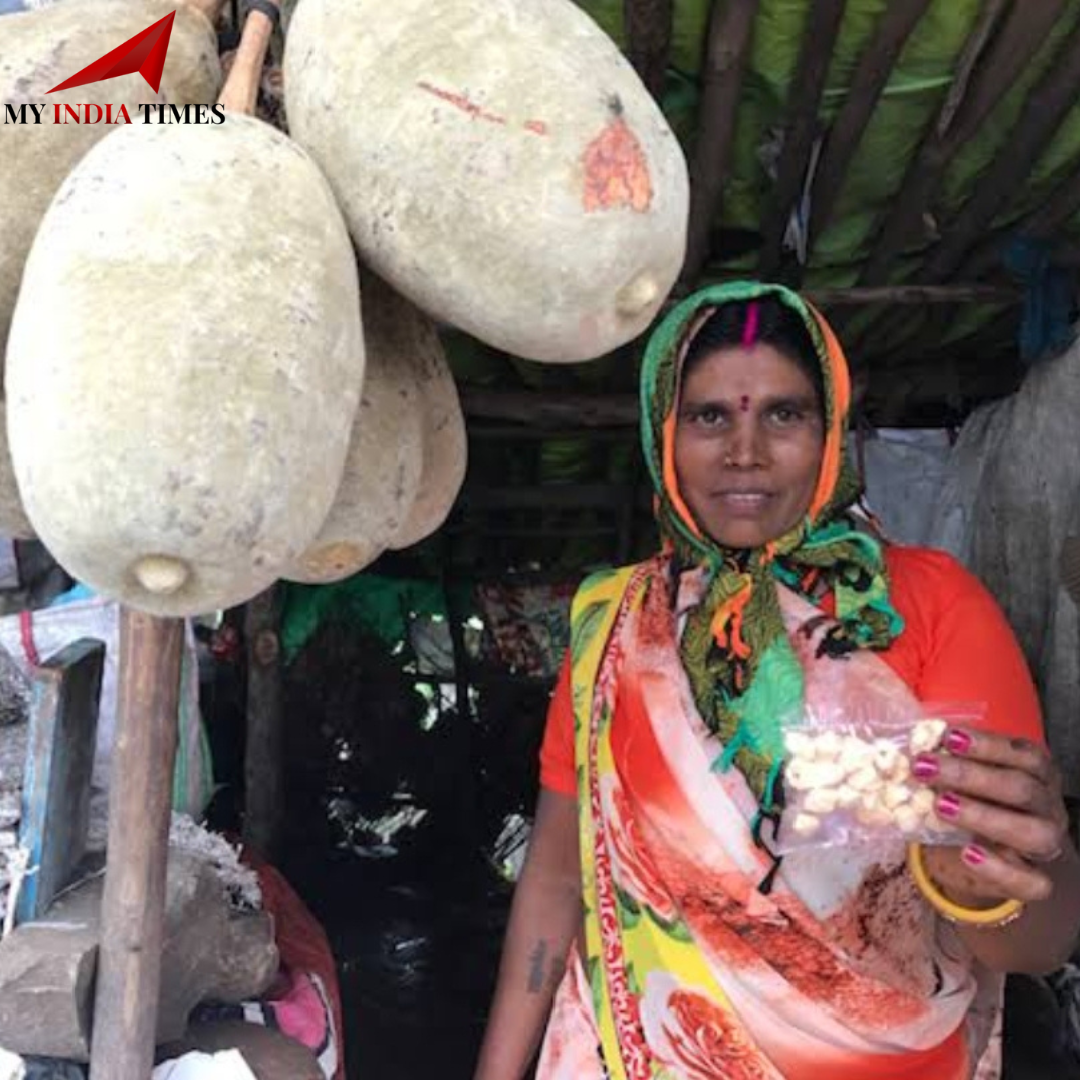






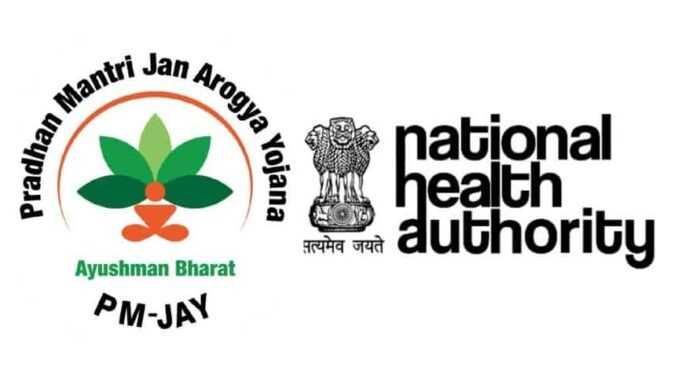


.jfif)


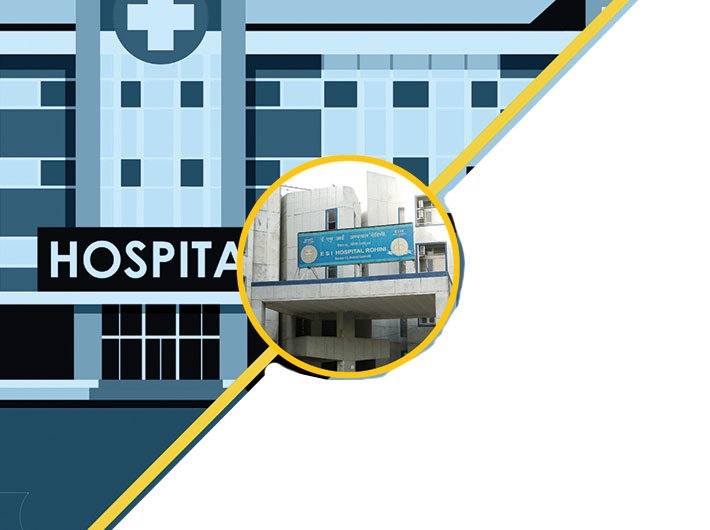

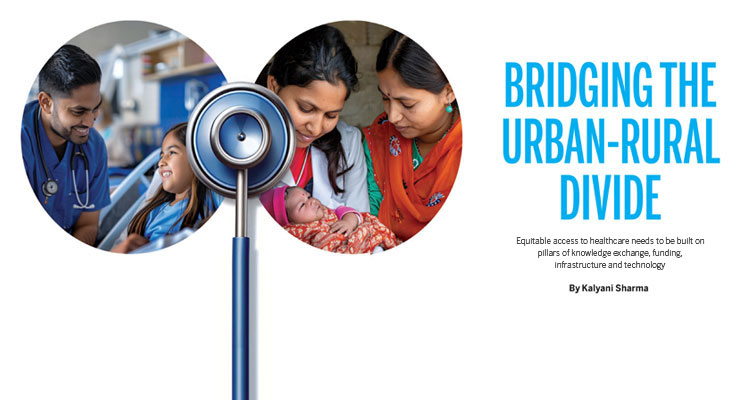

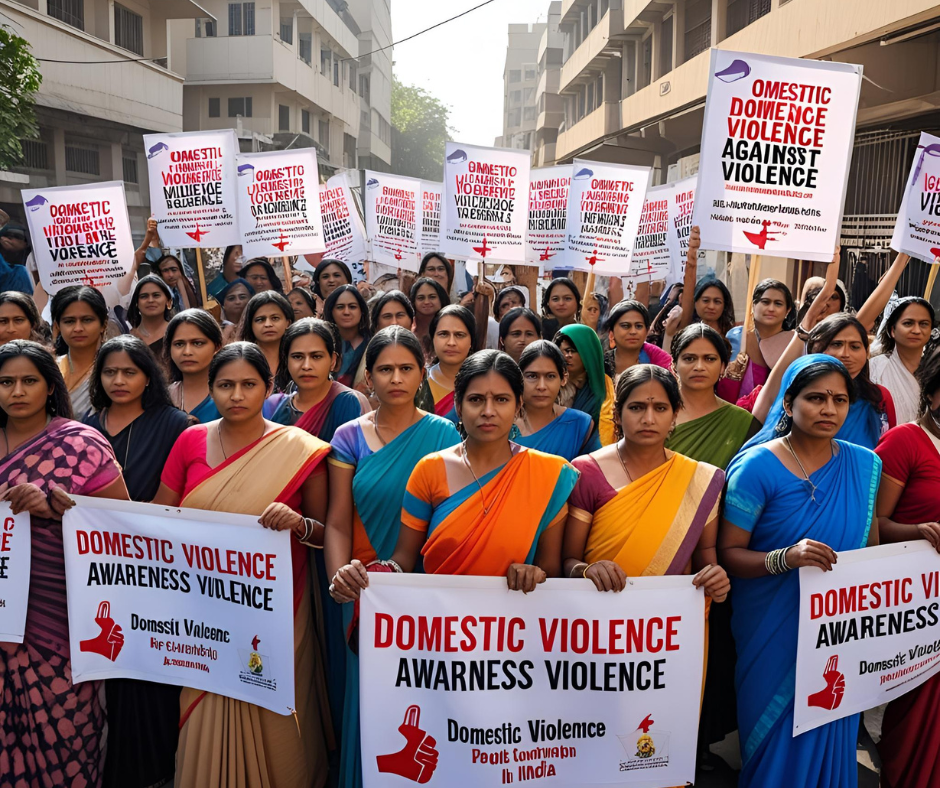

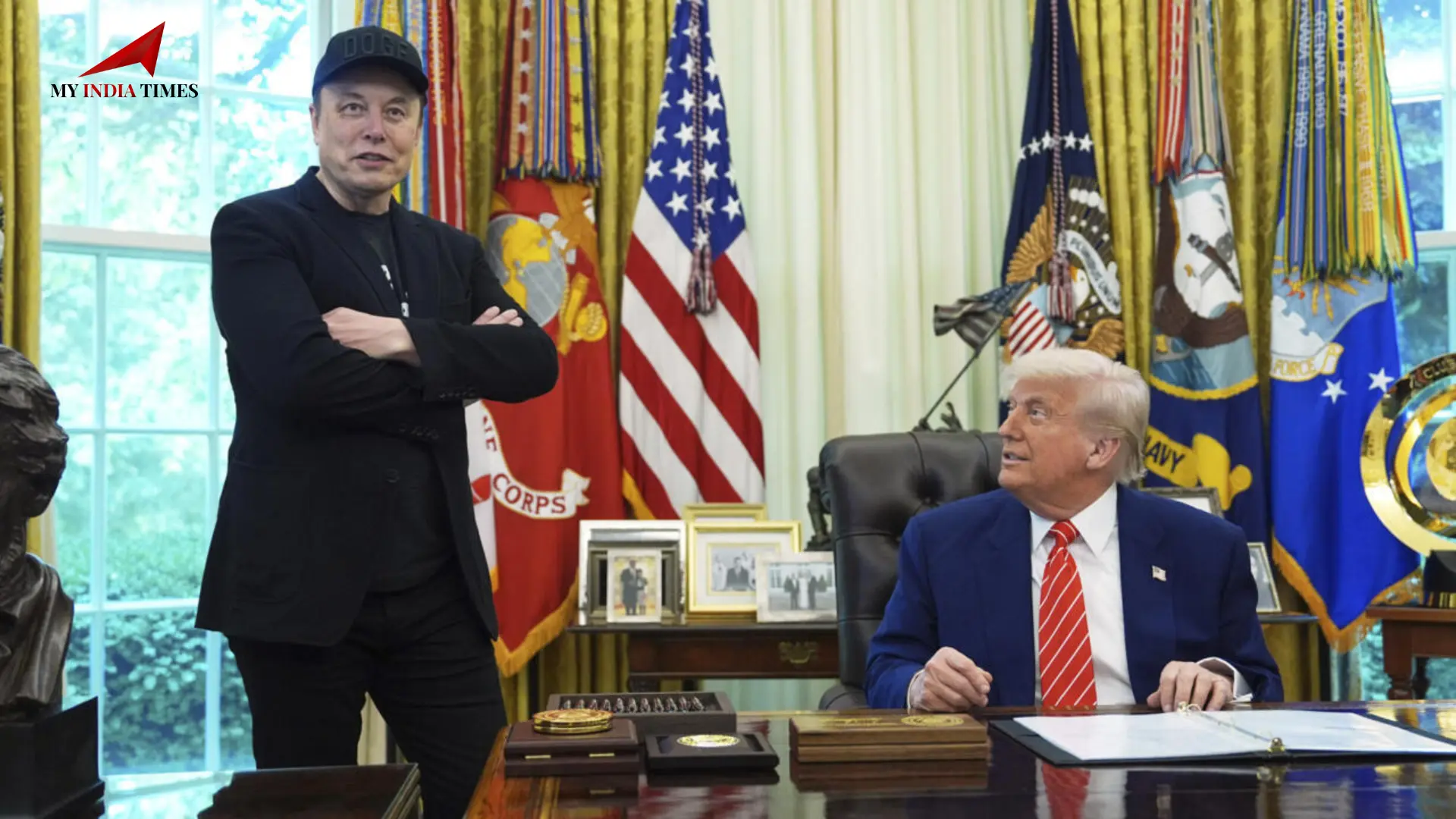



















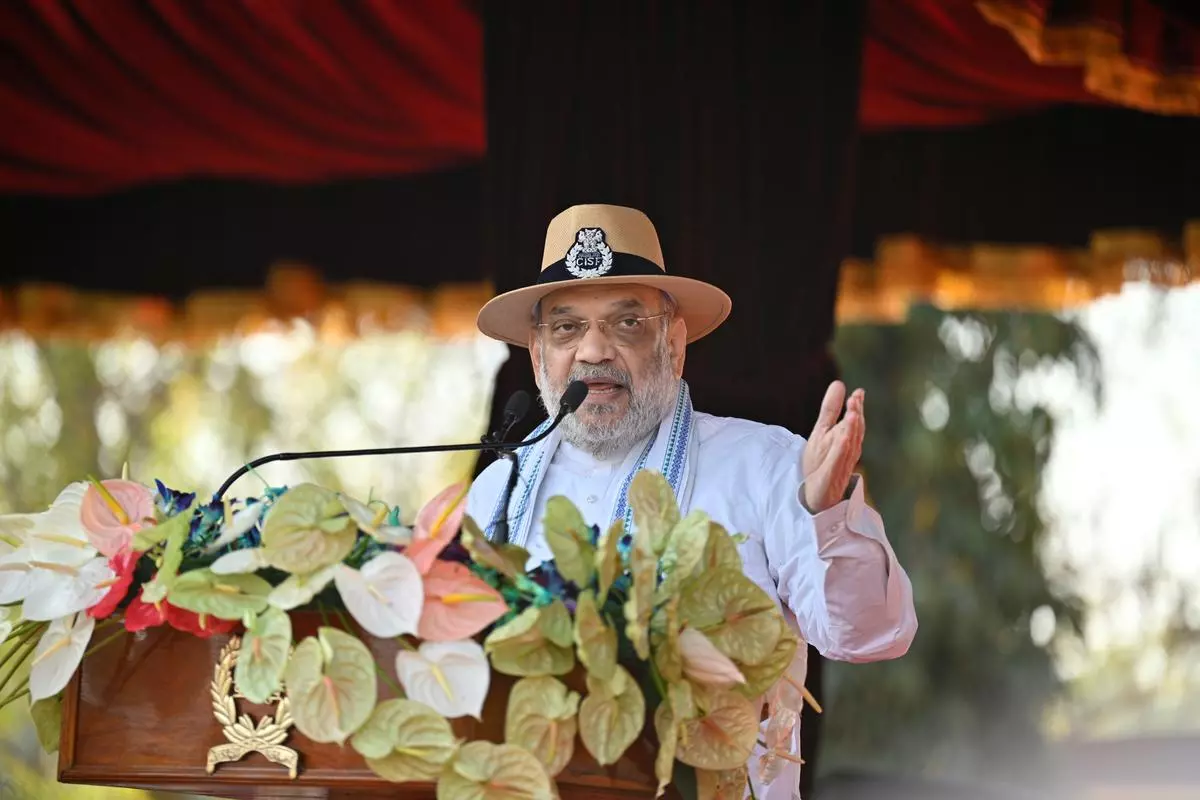





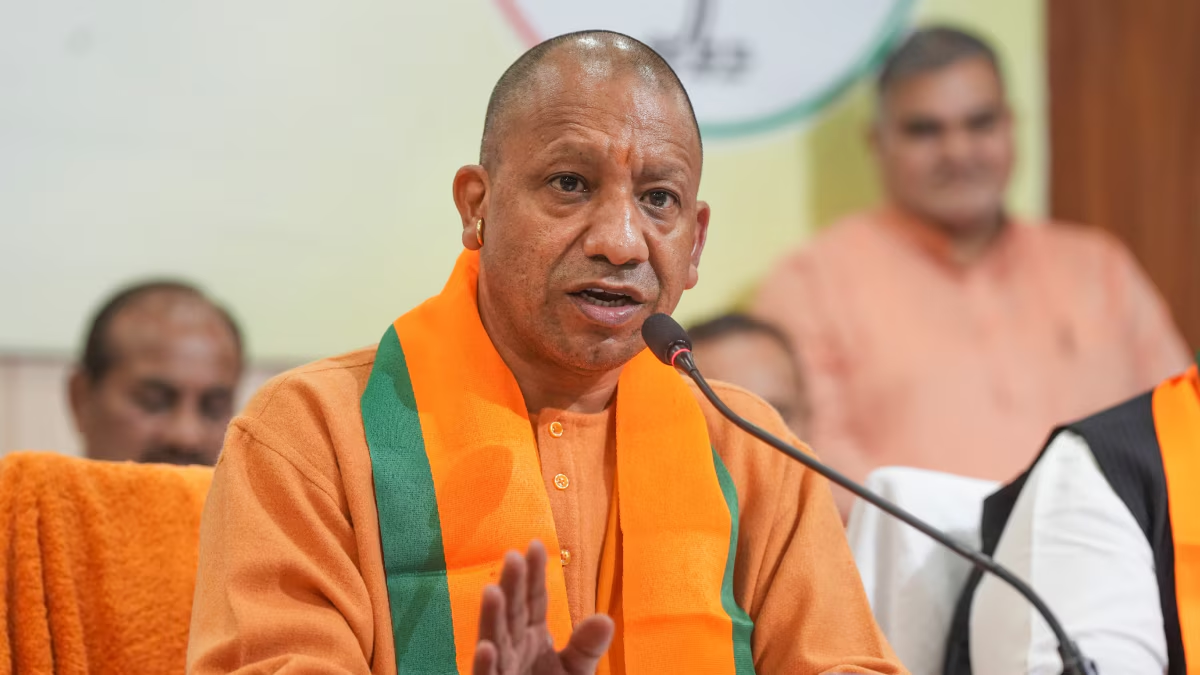
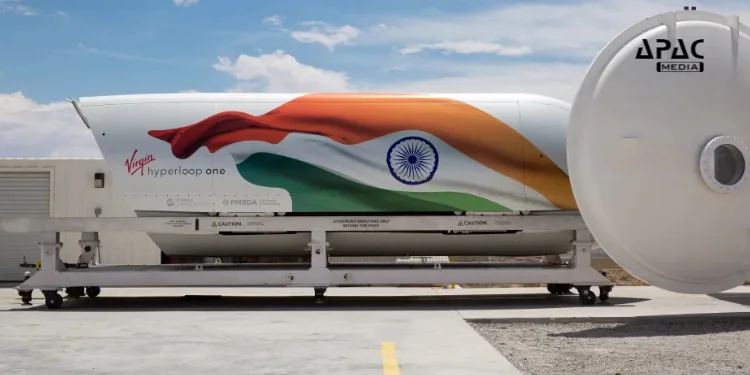

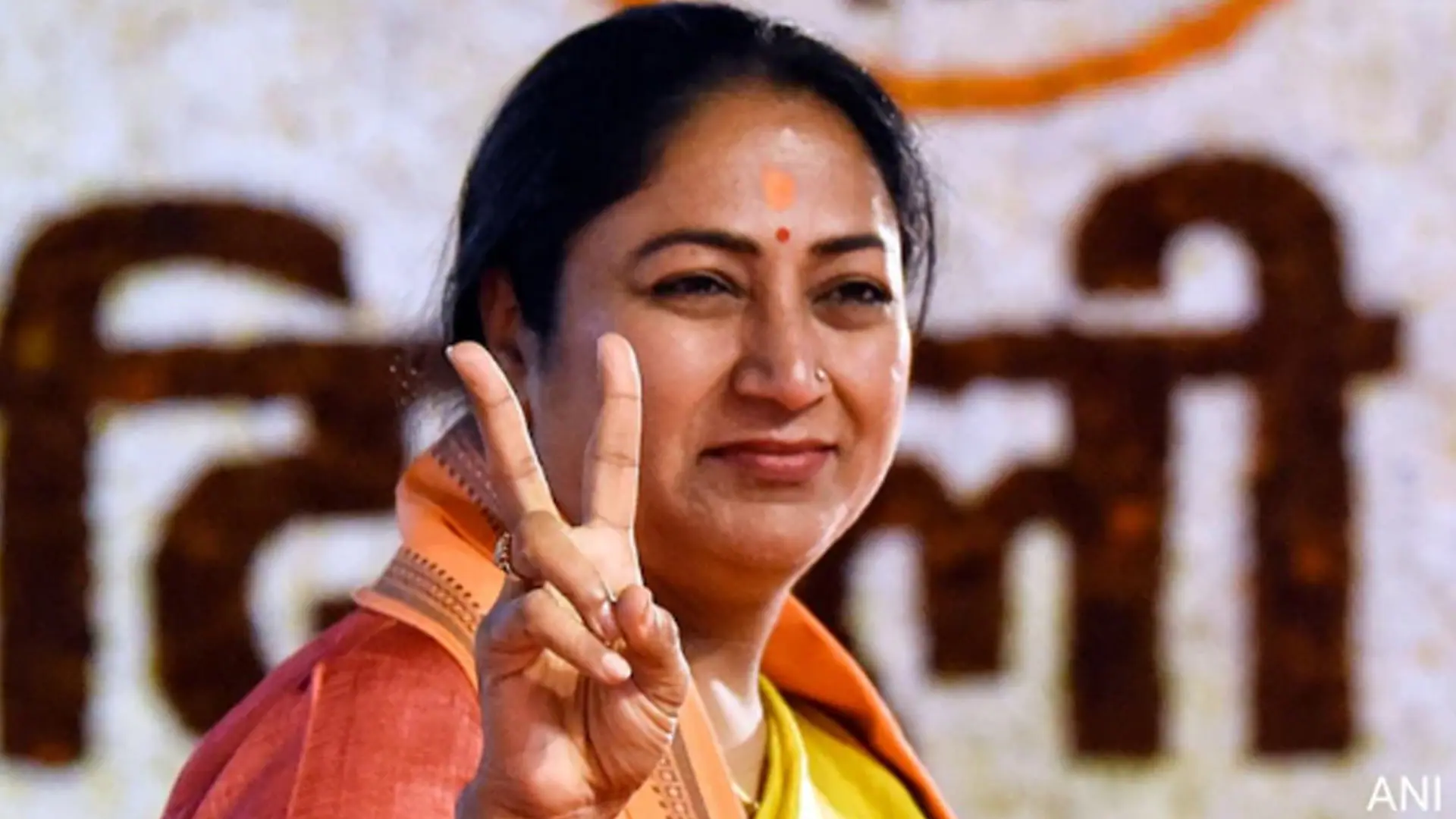

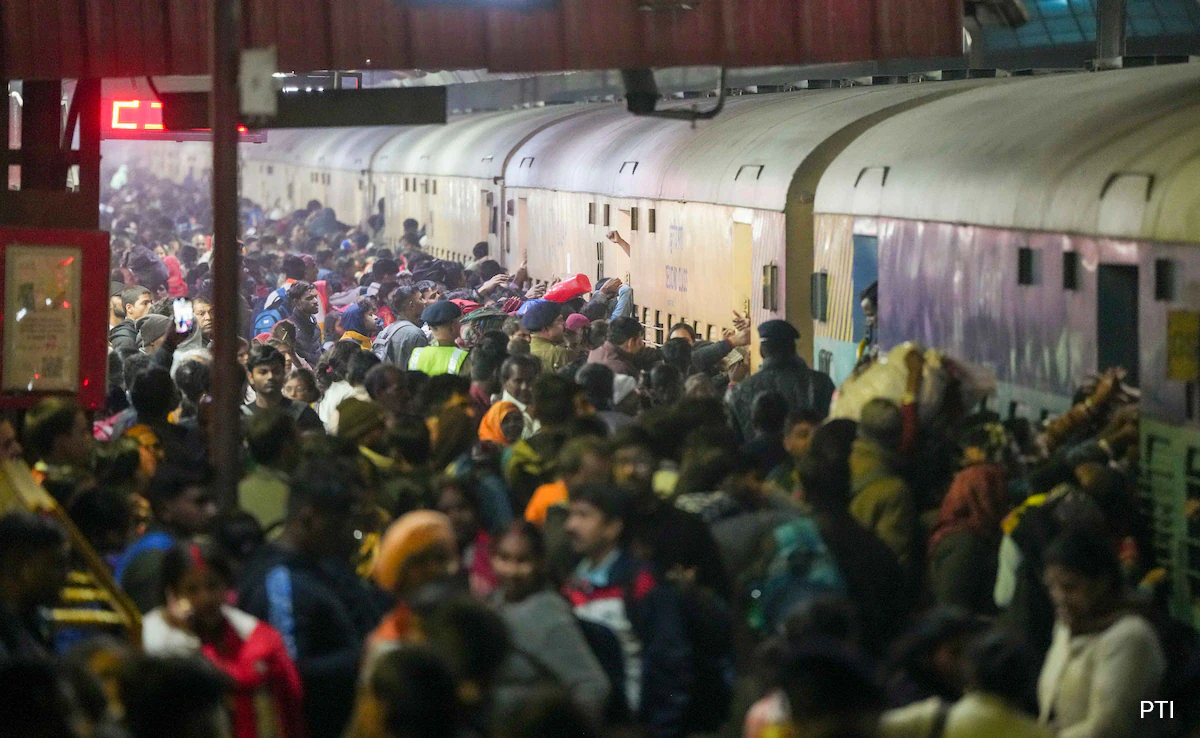

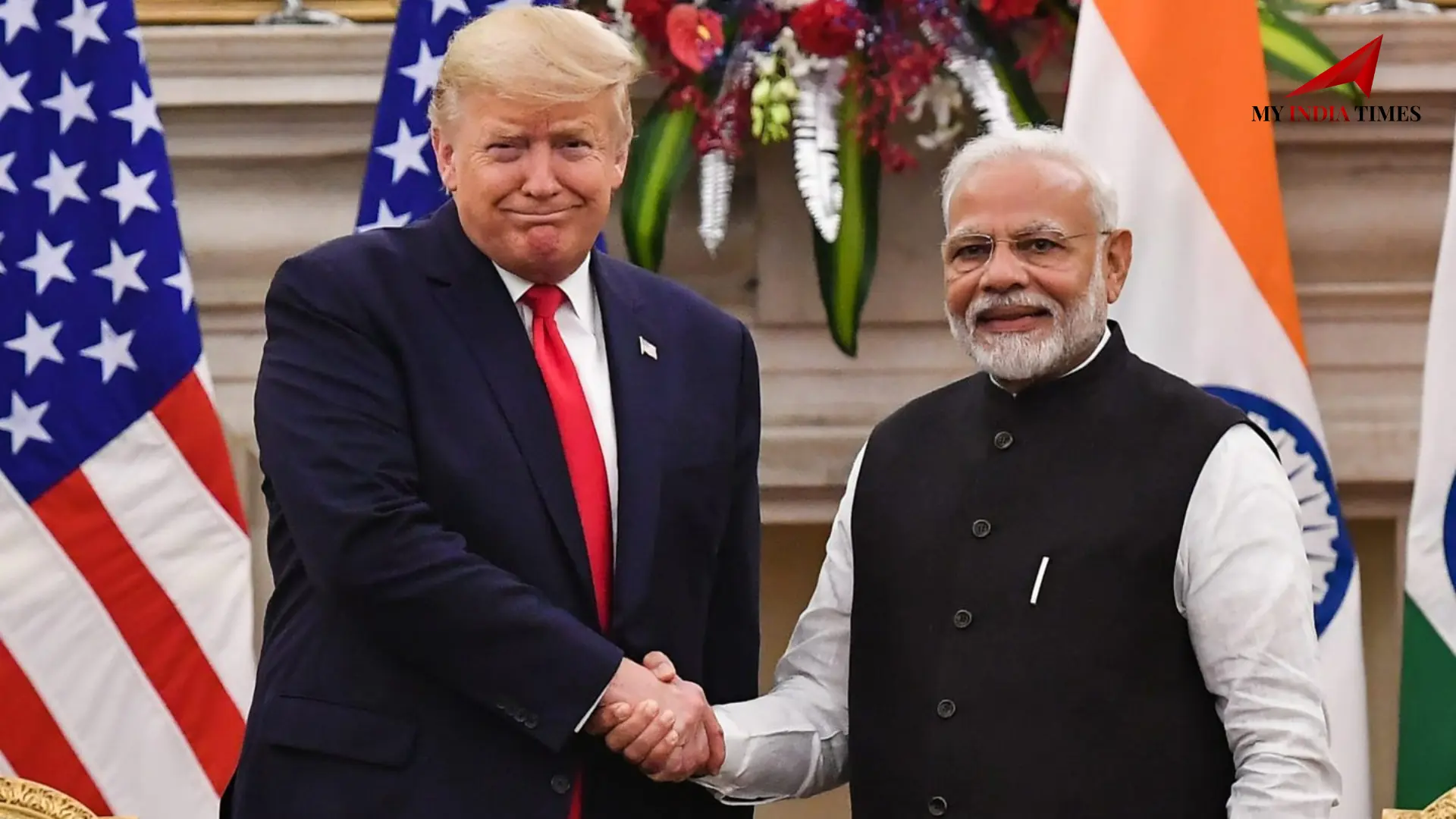
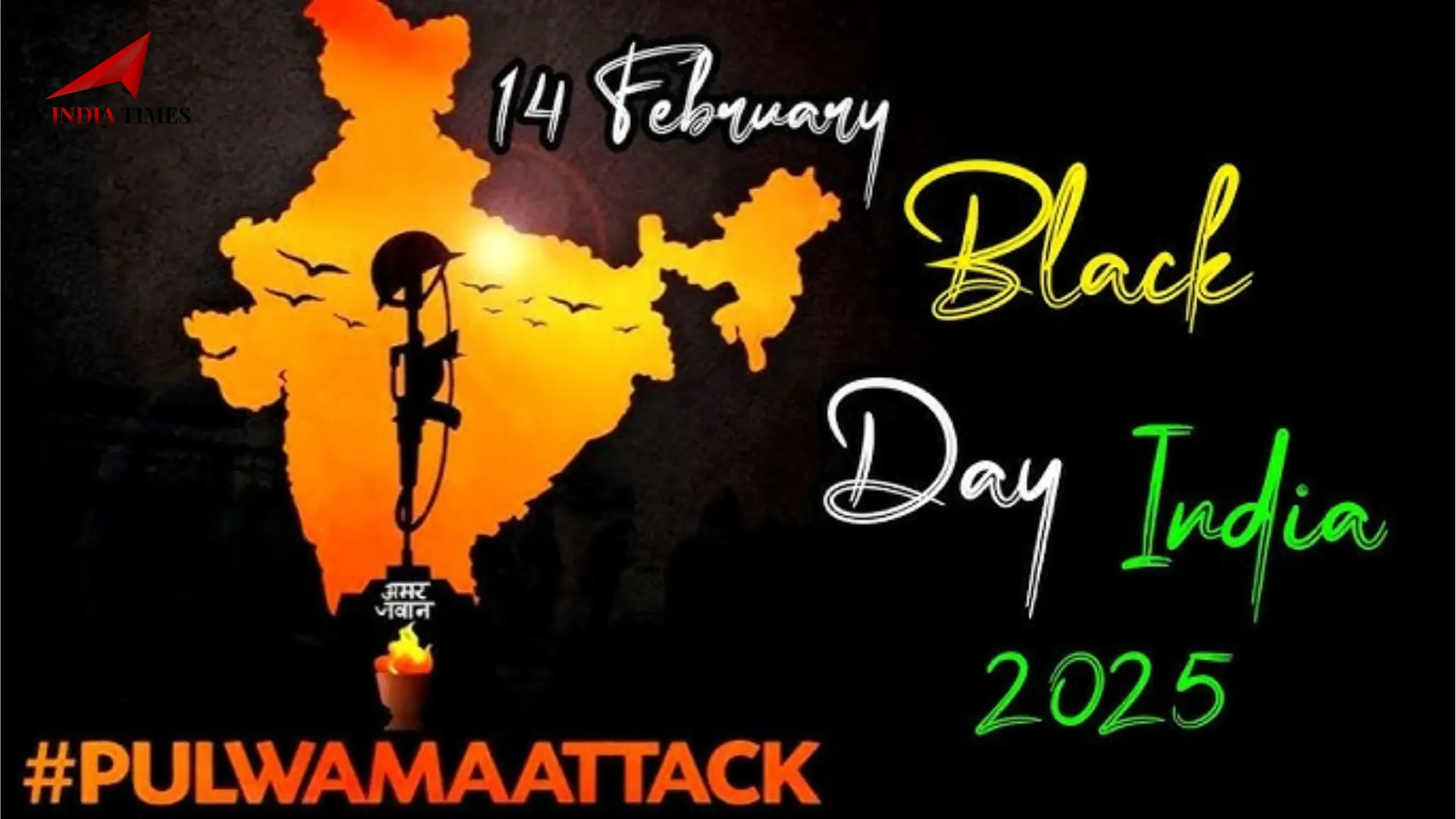
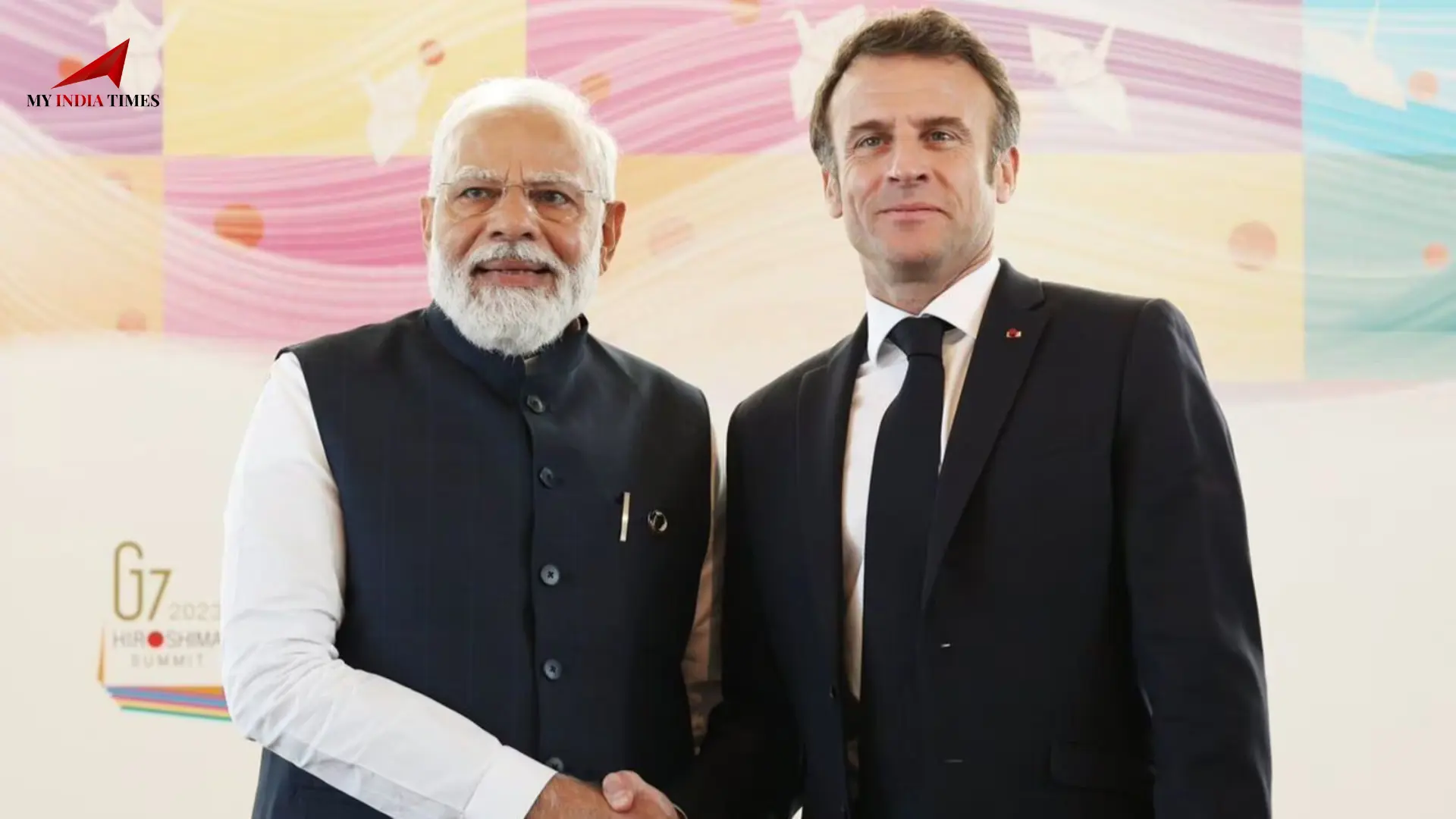






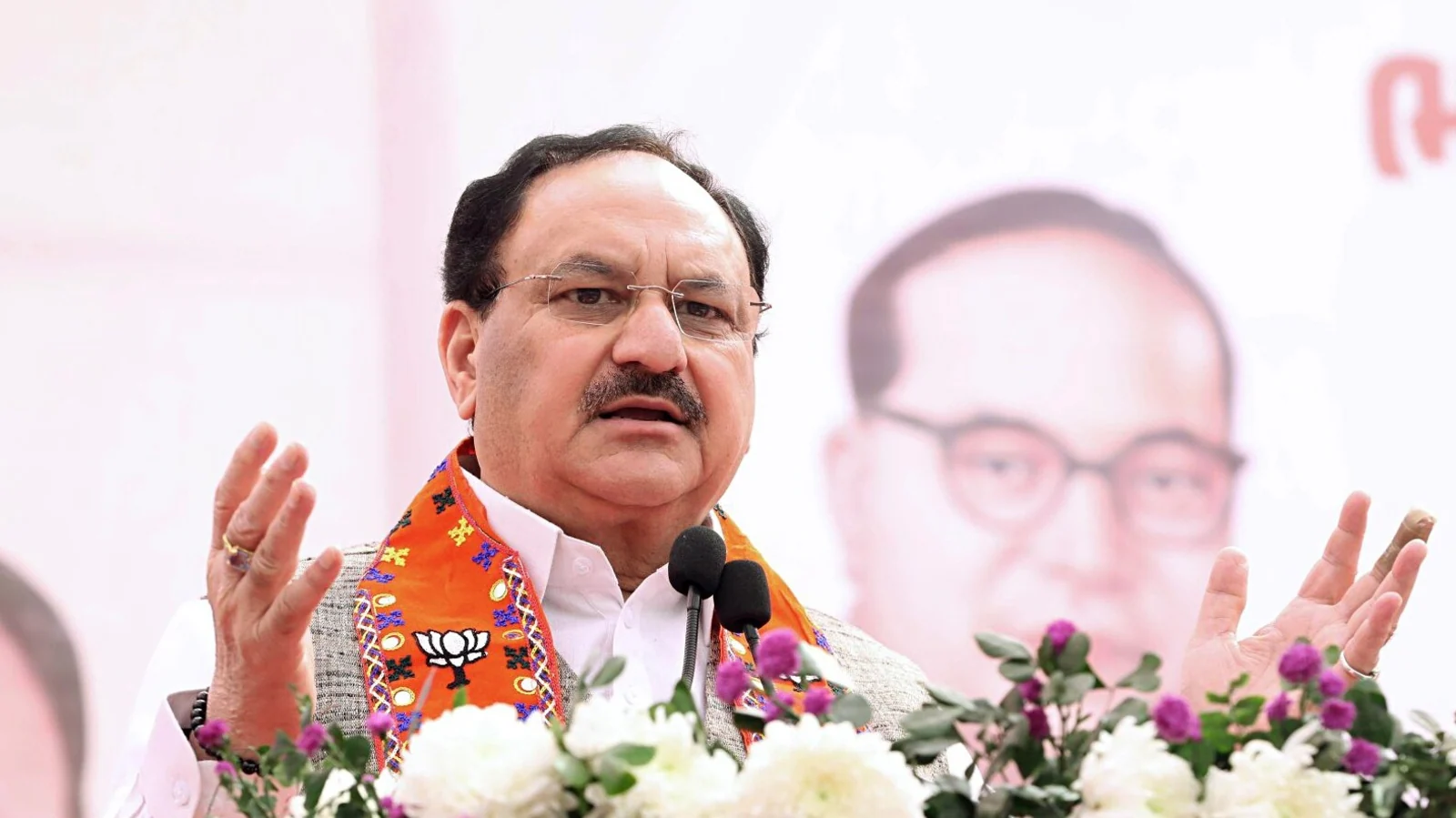
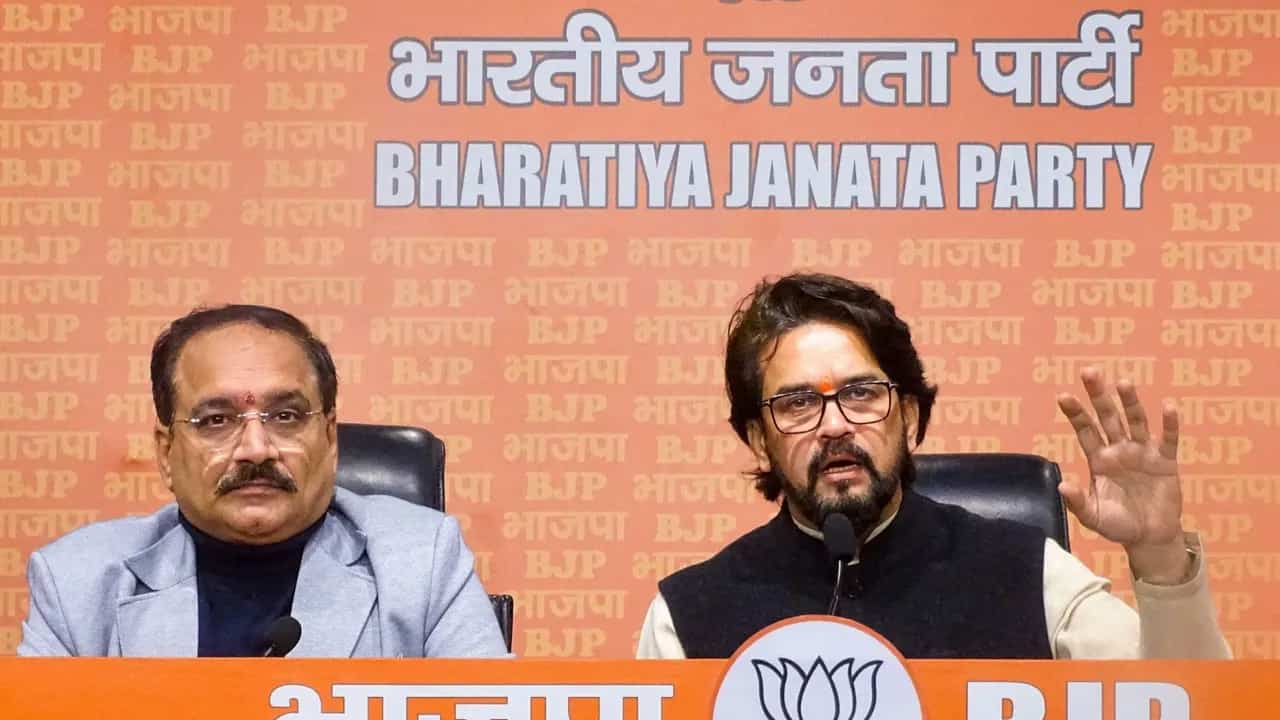


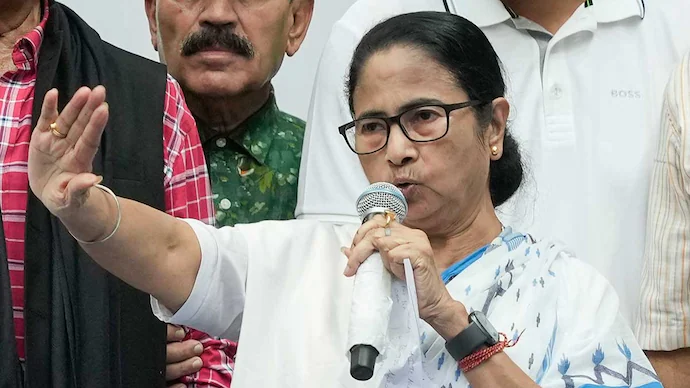





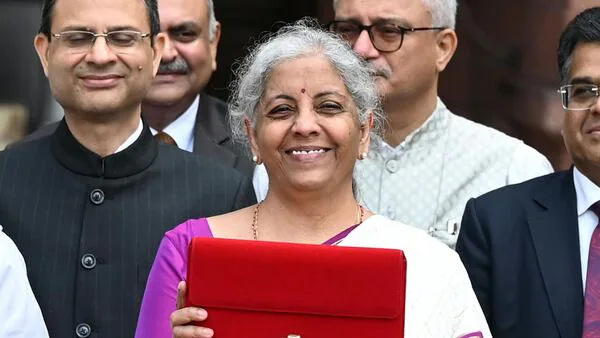
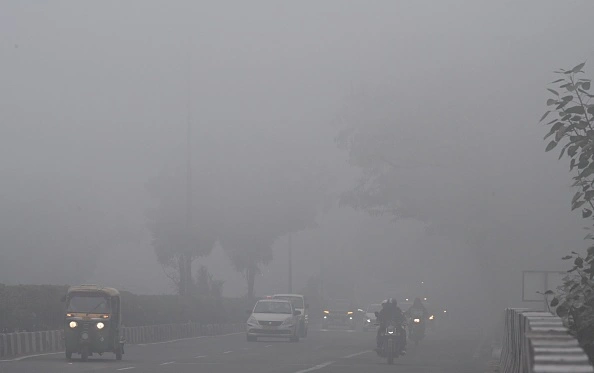




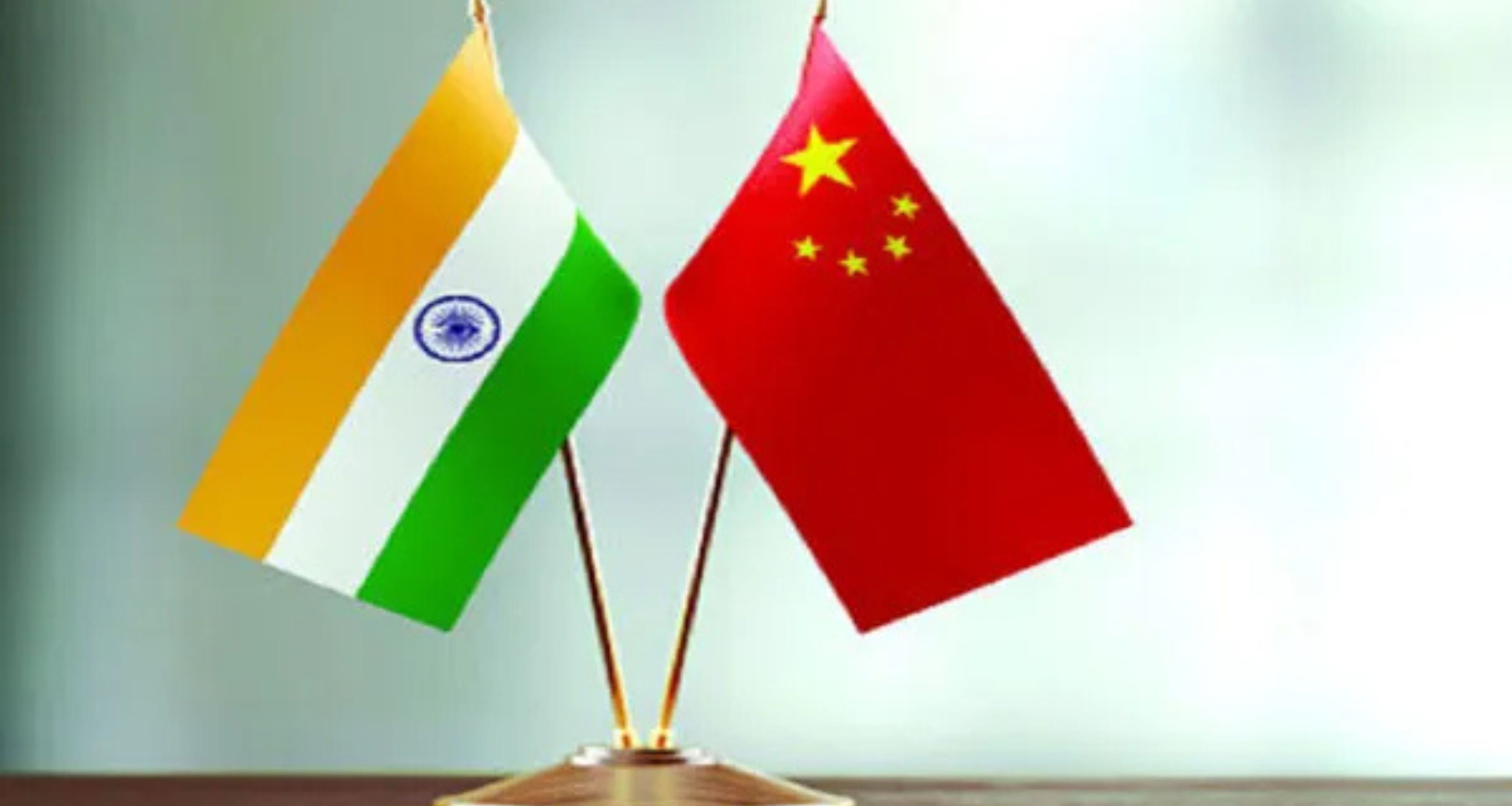



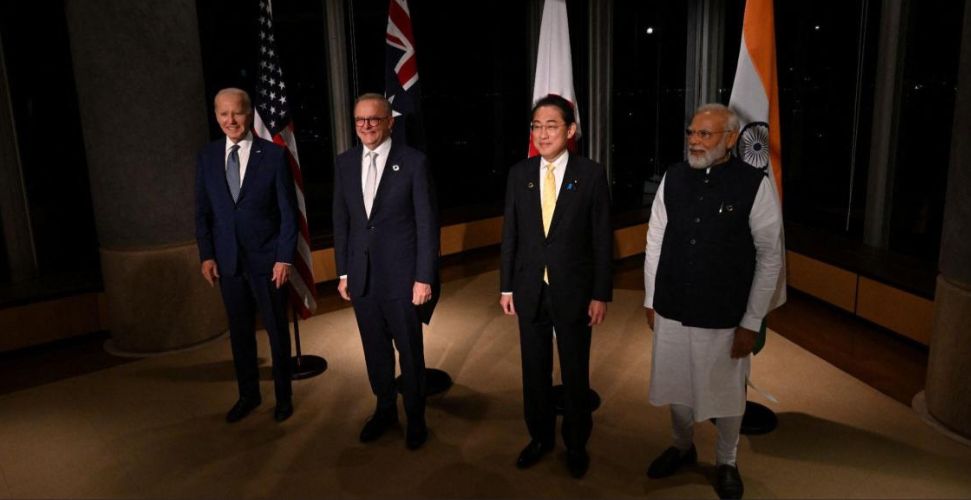
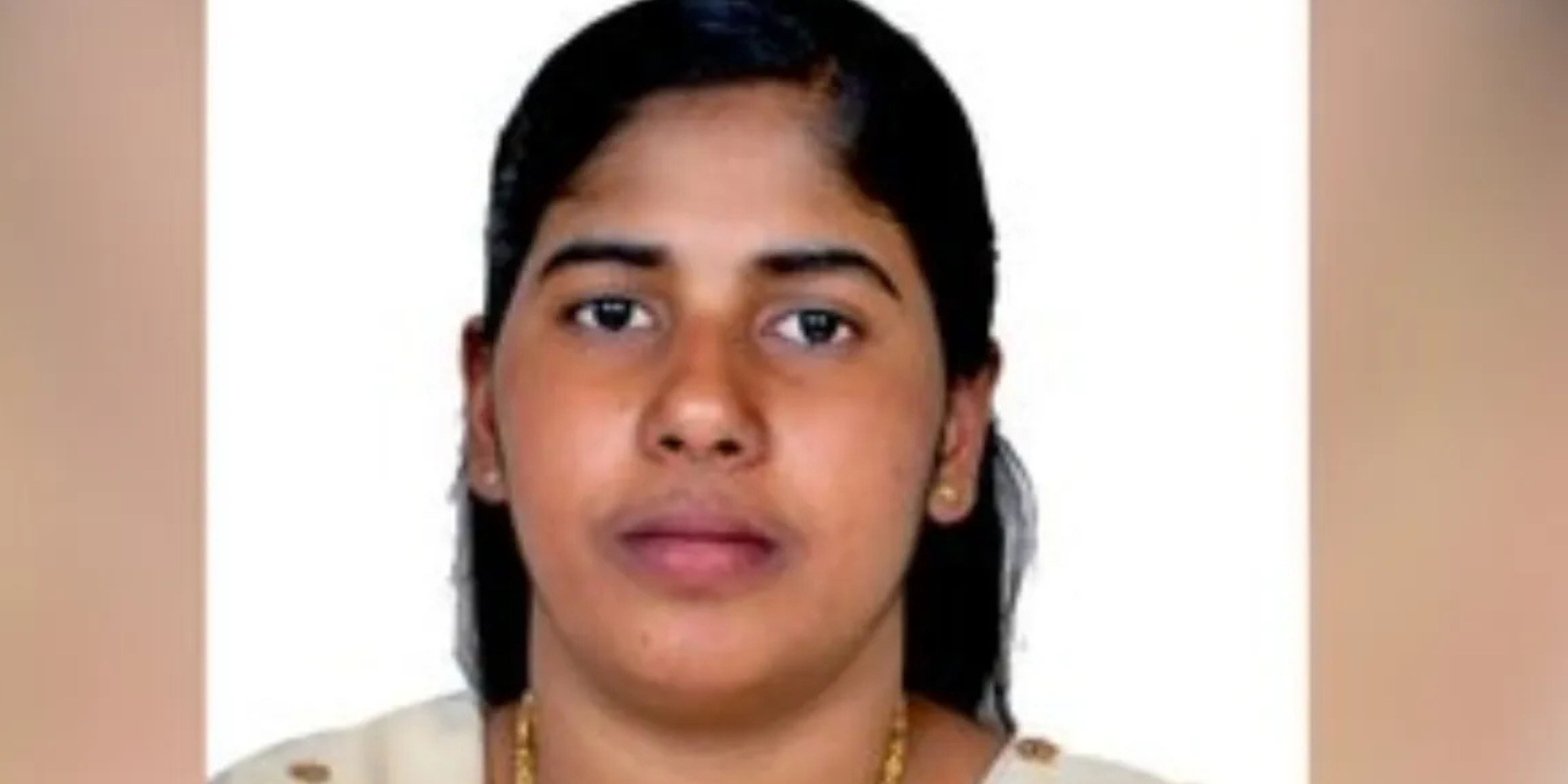

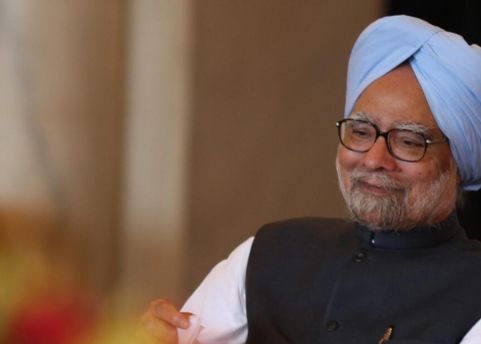

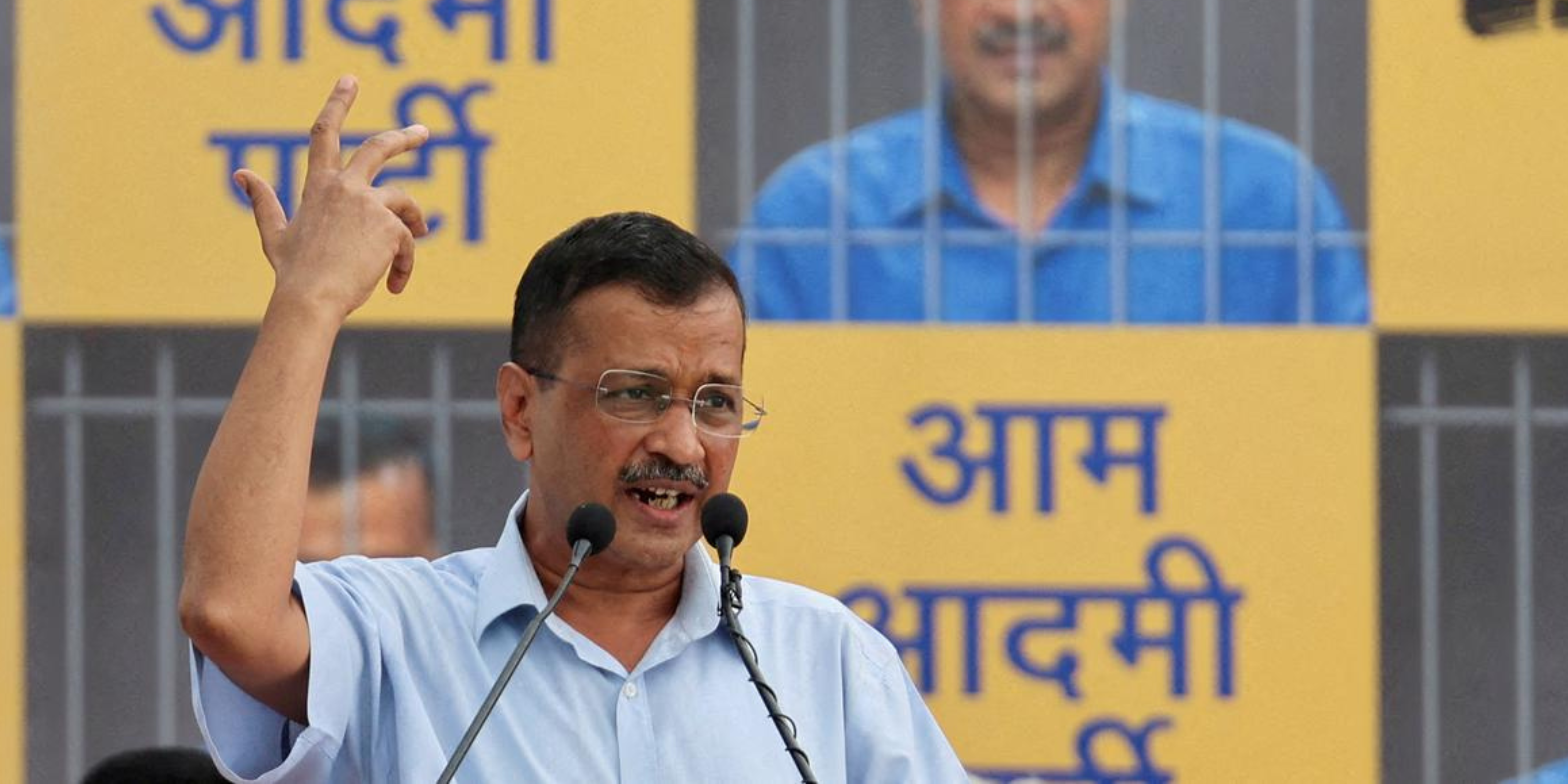

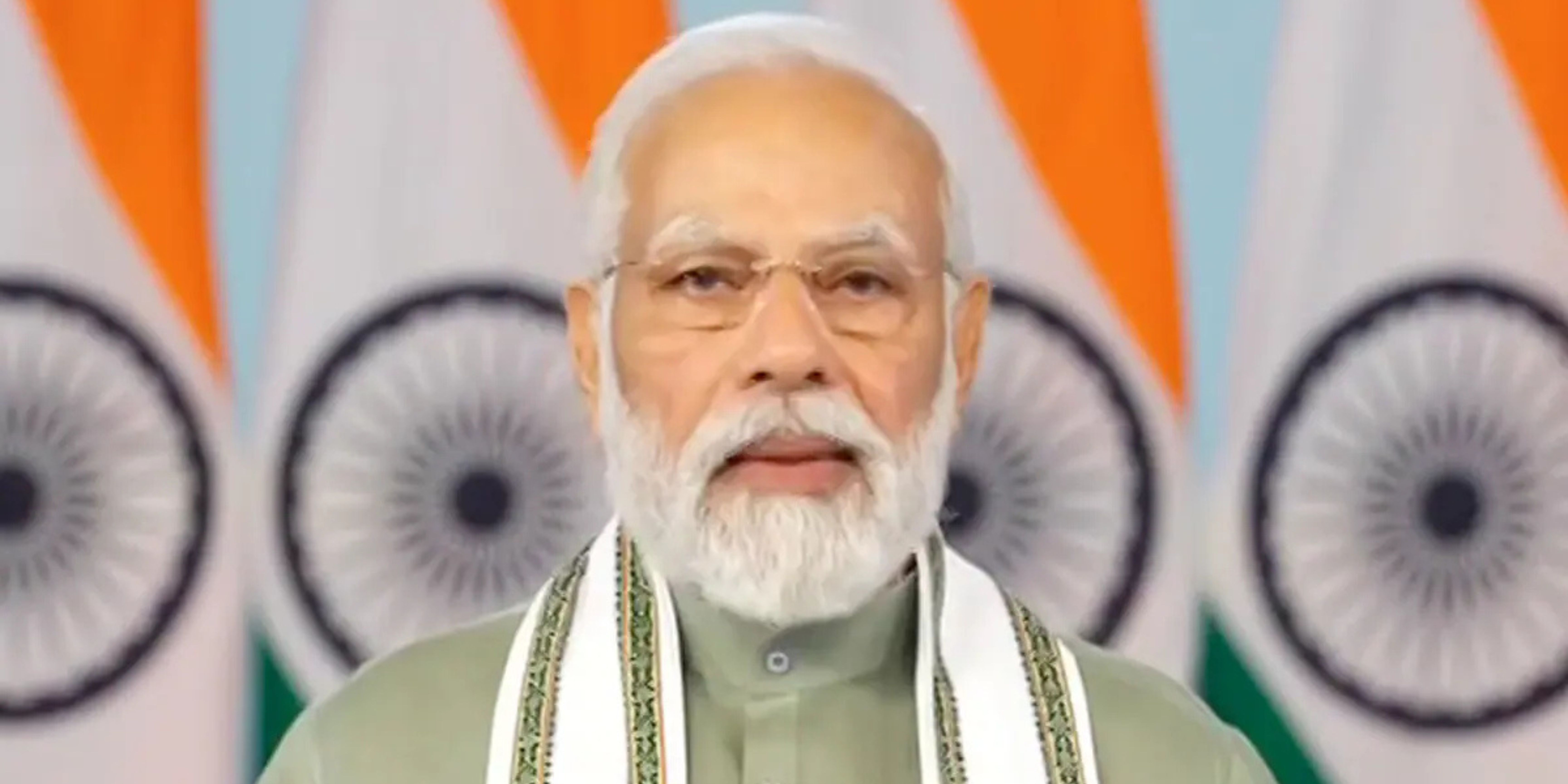





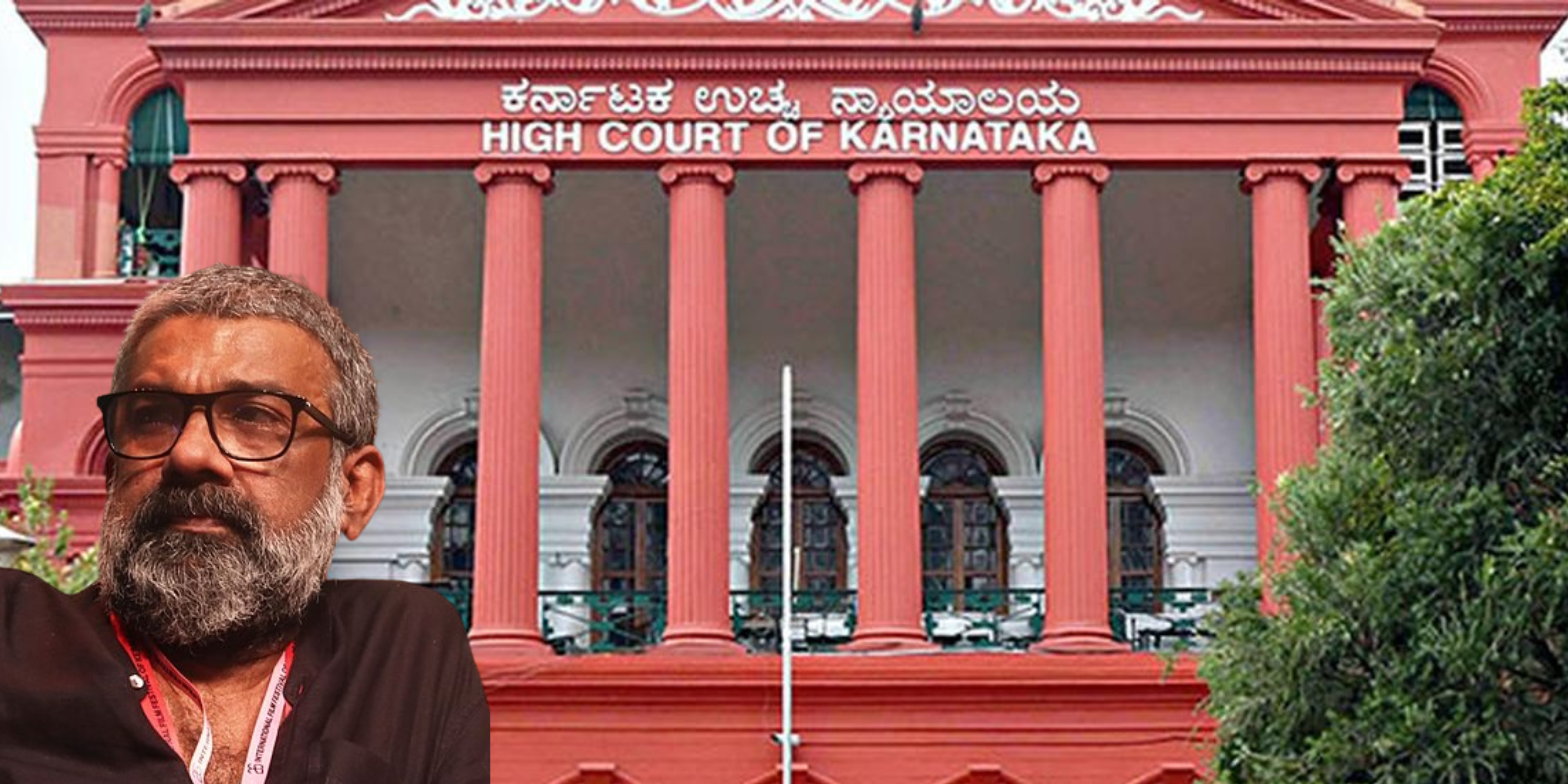
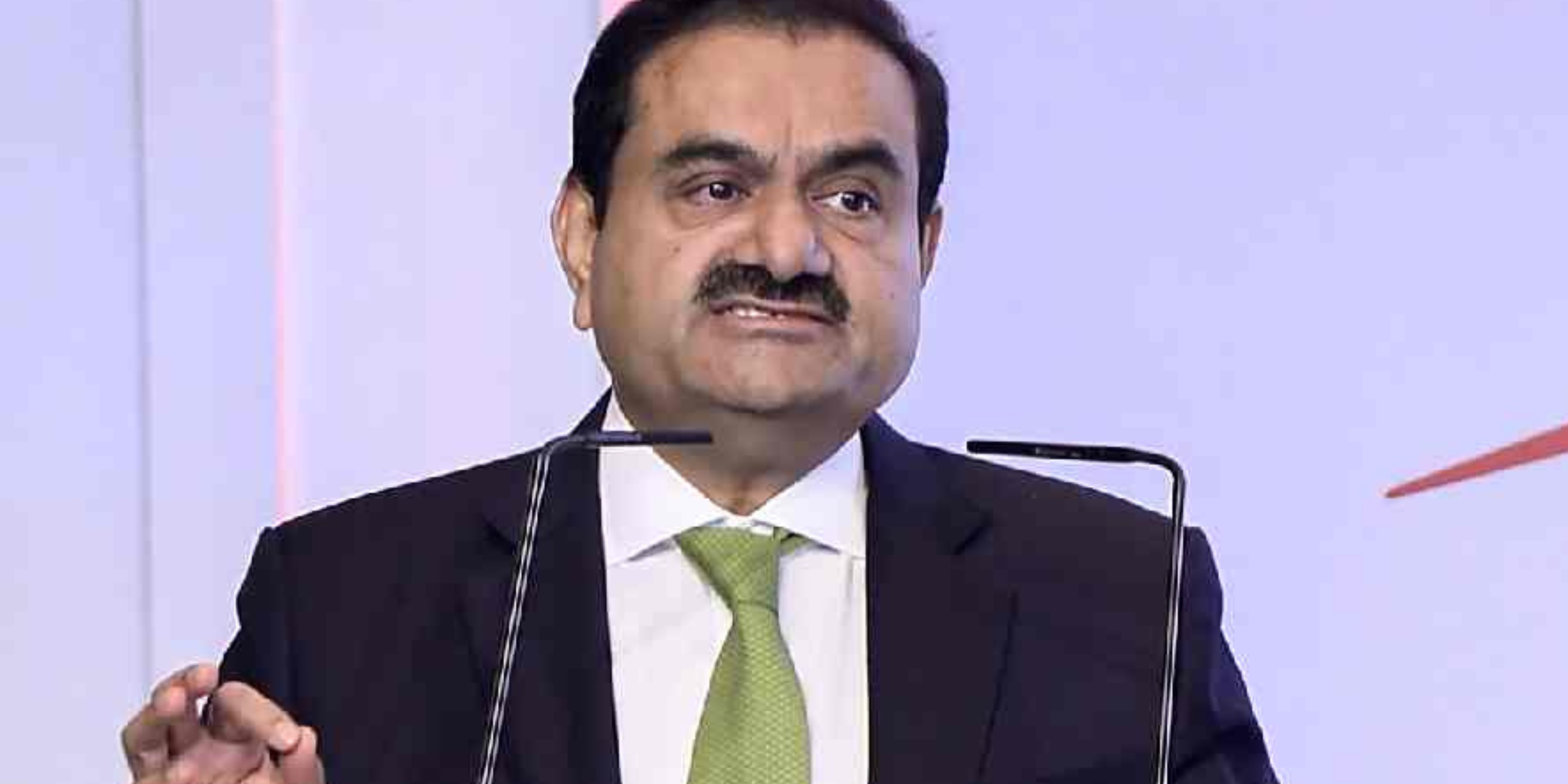
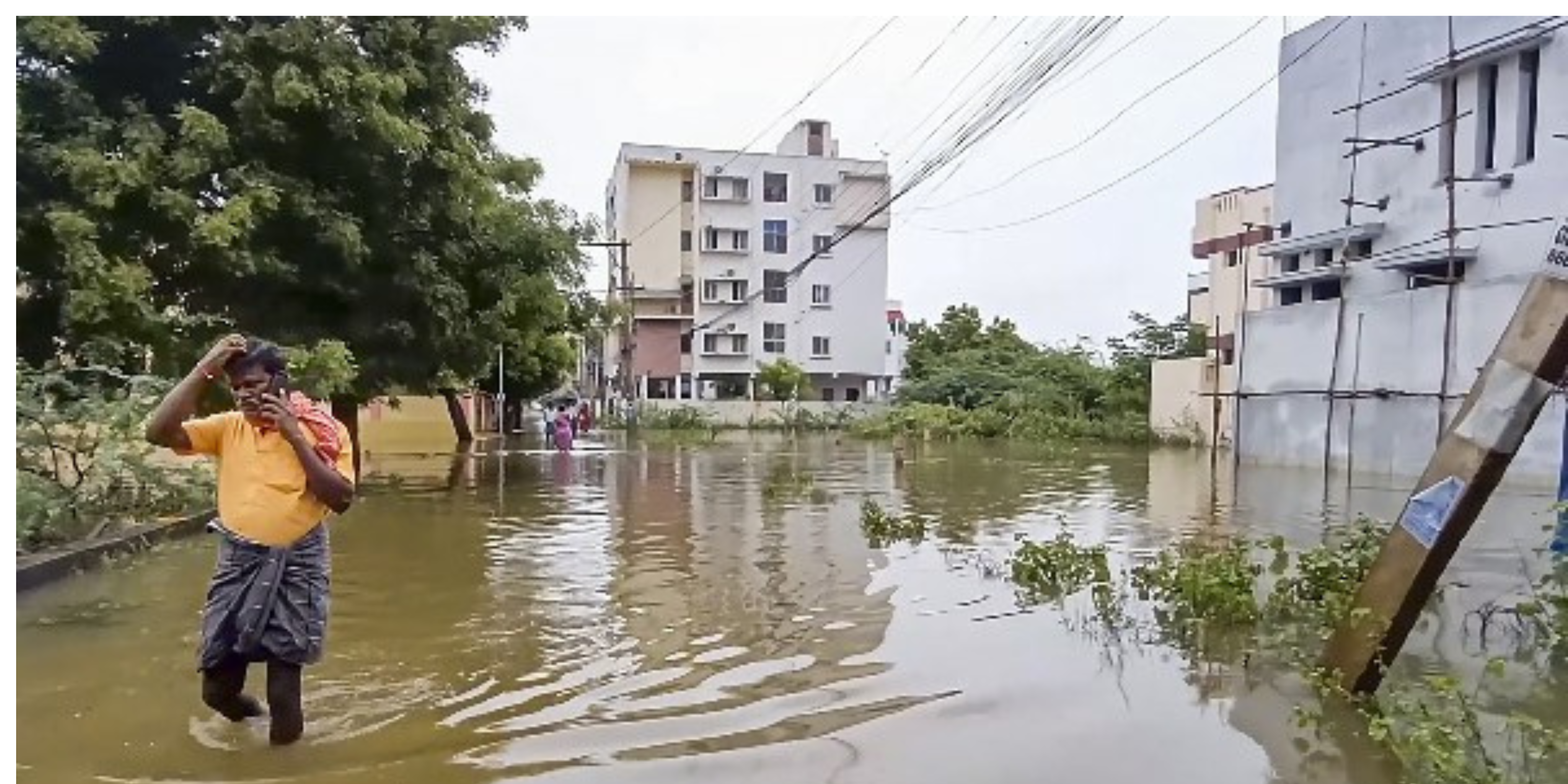




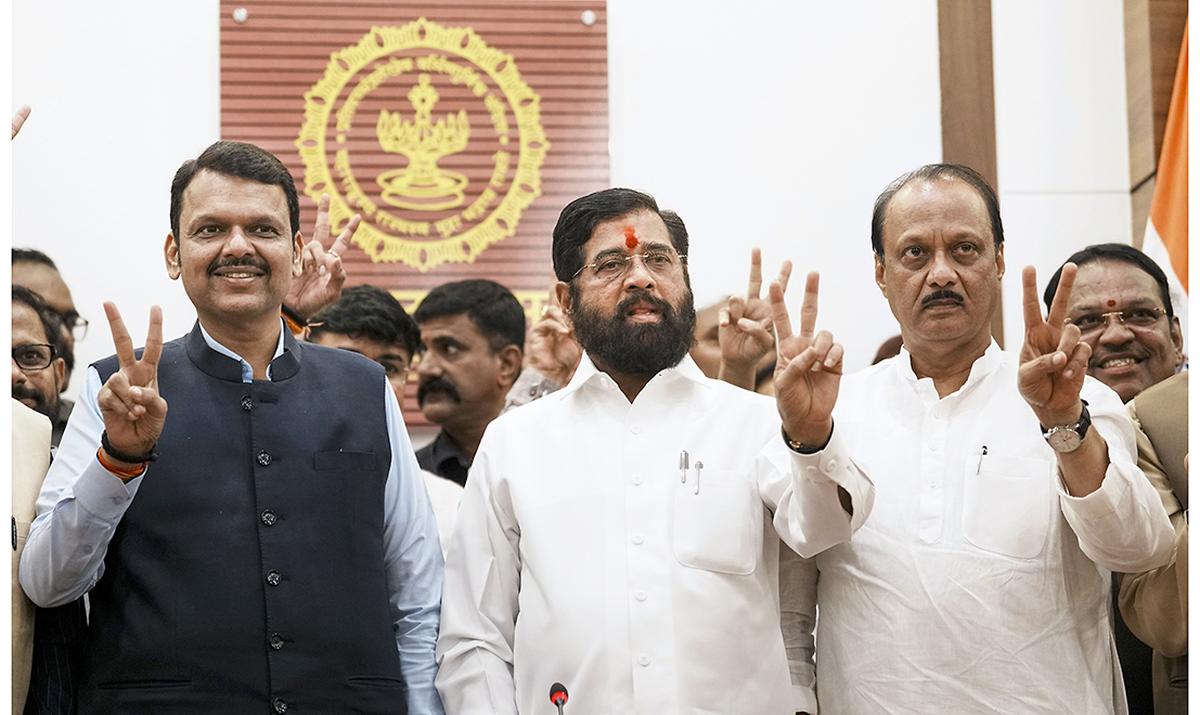
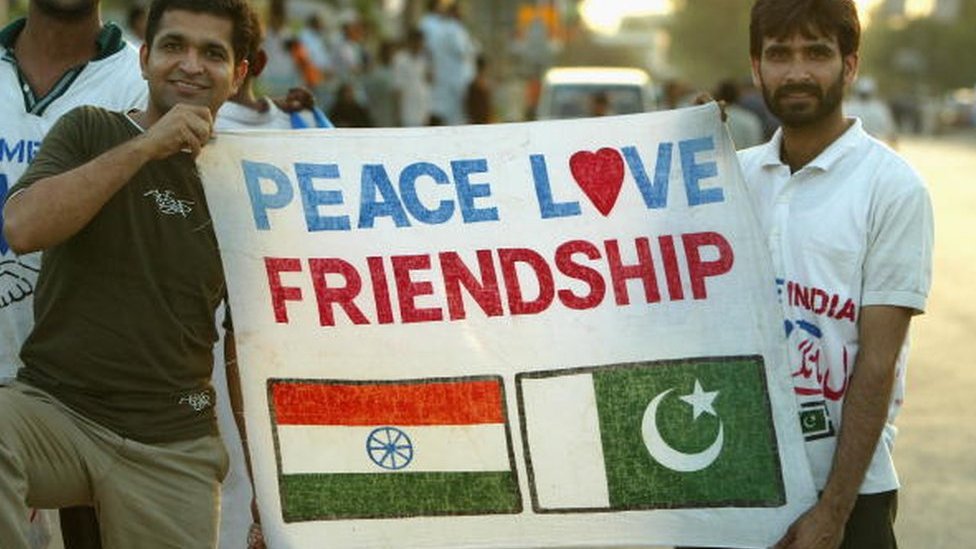



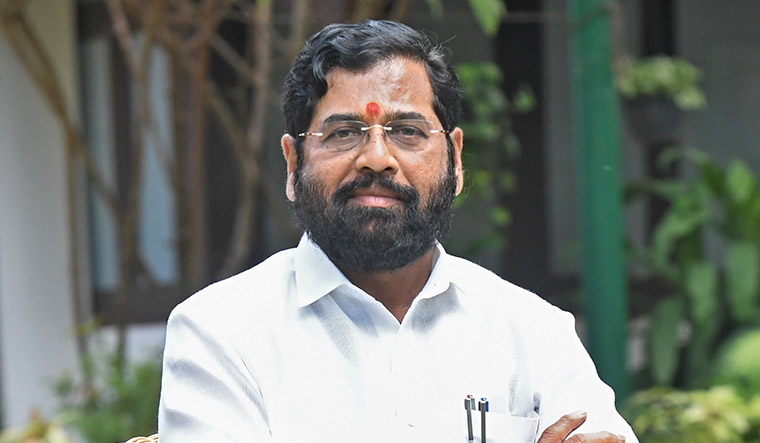
.png)
 (1).png)

